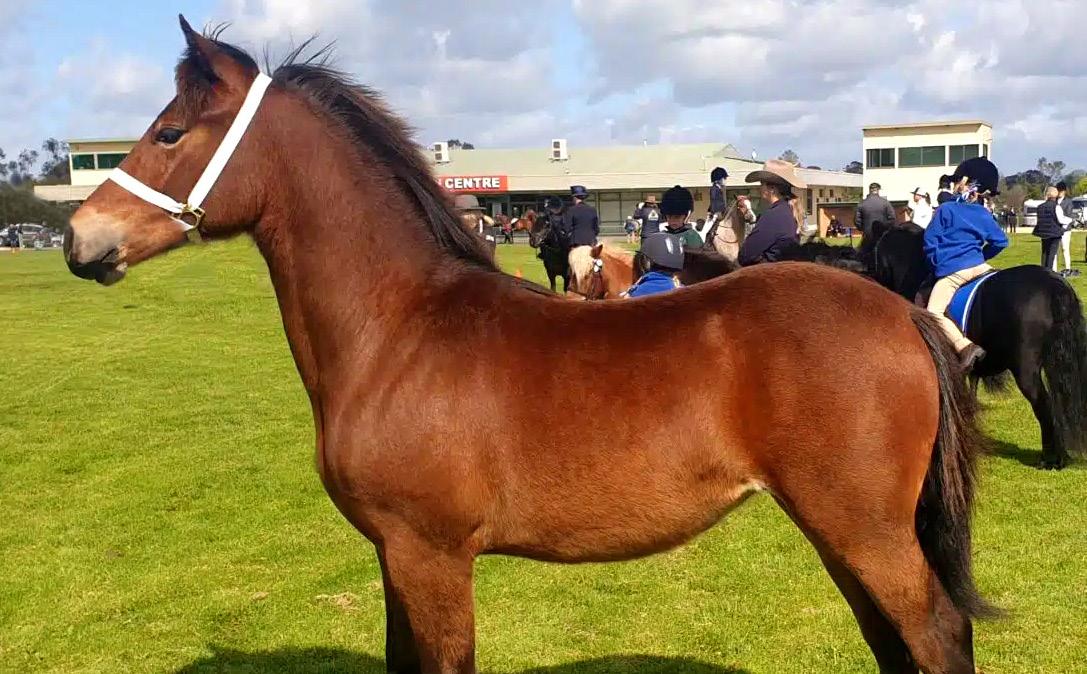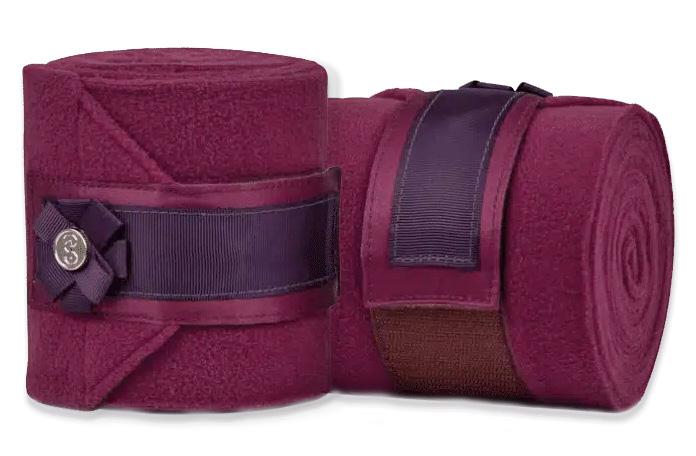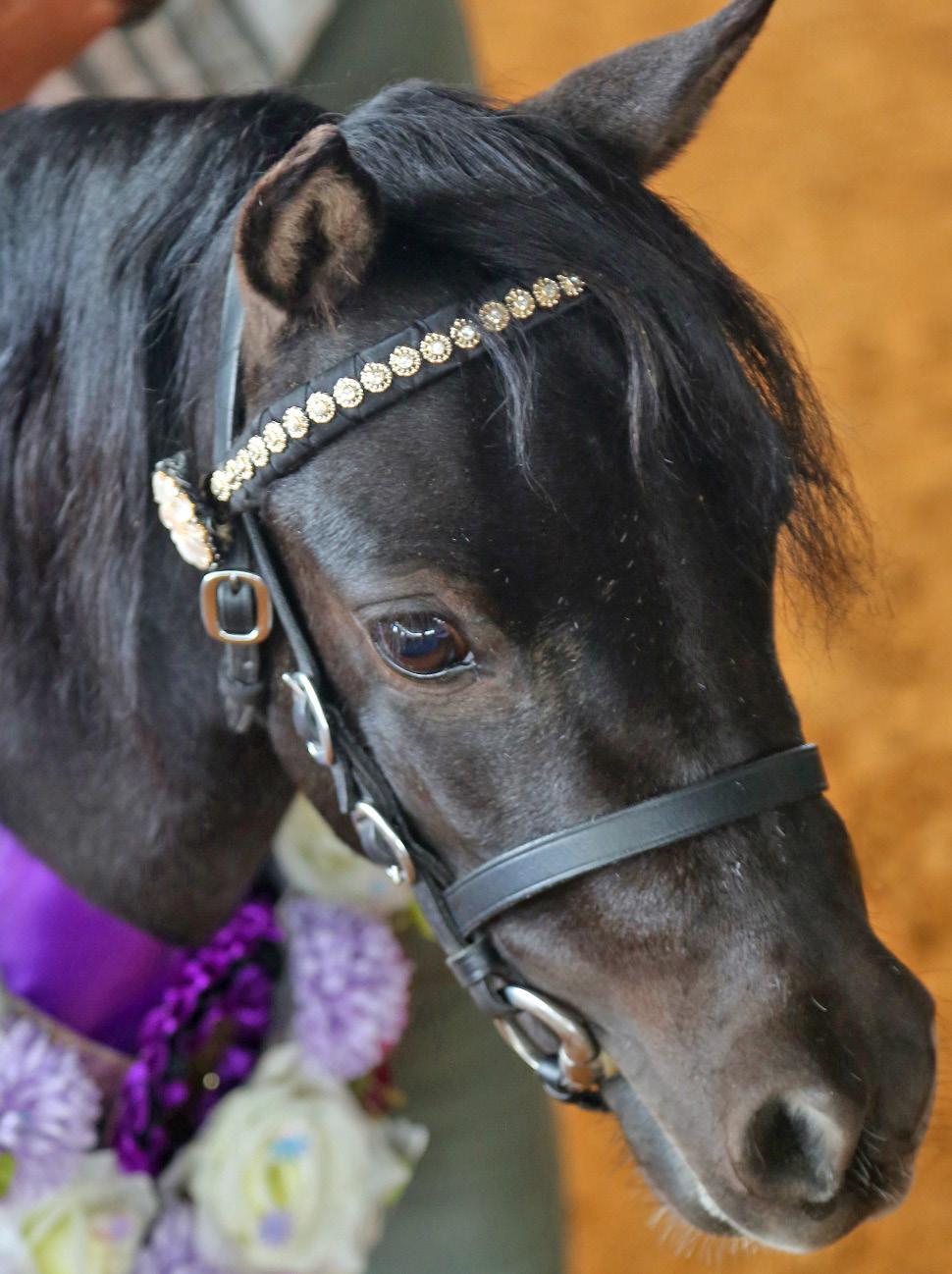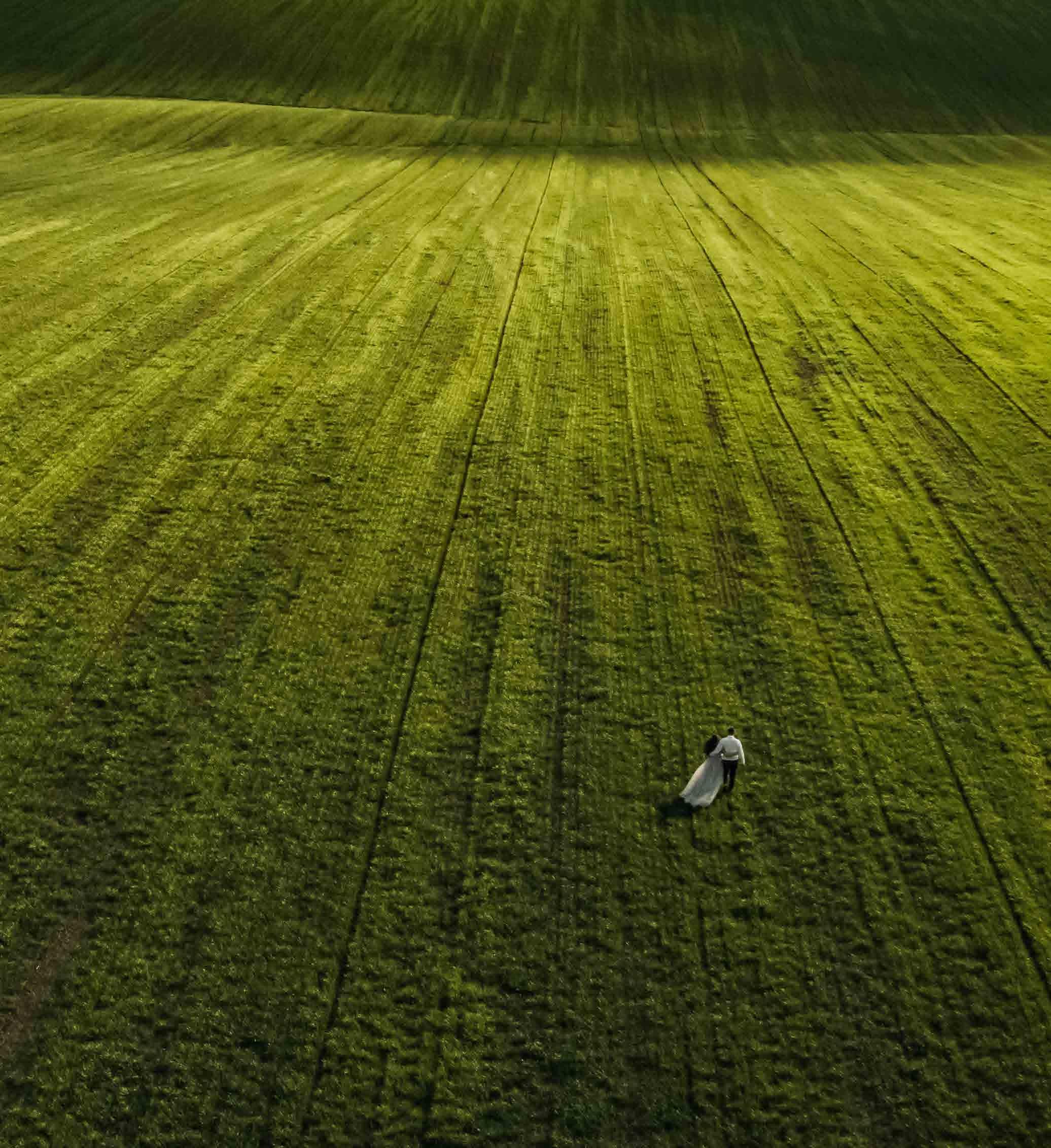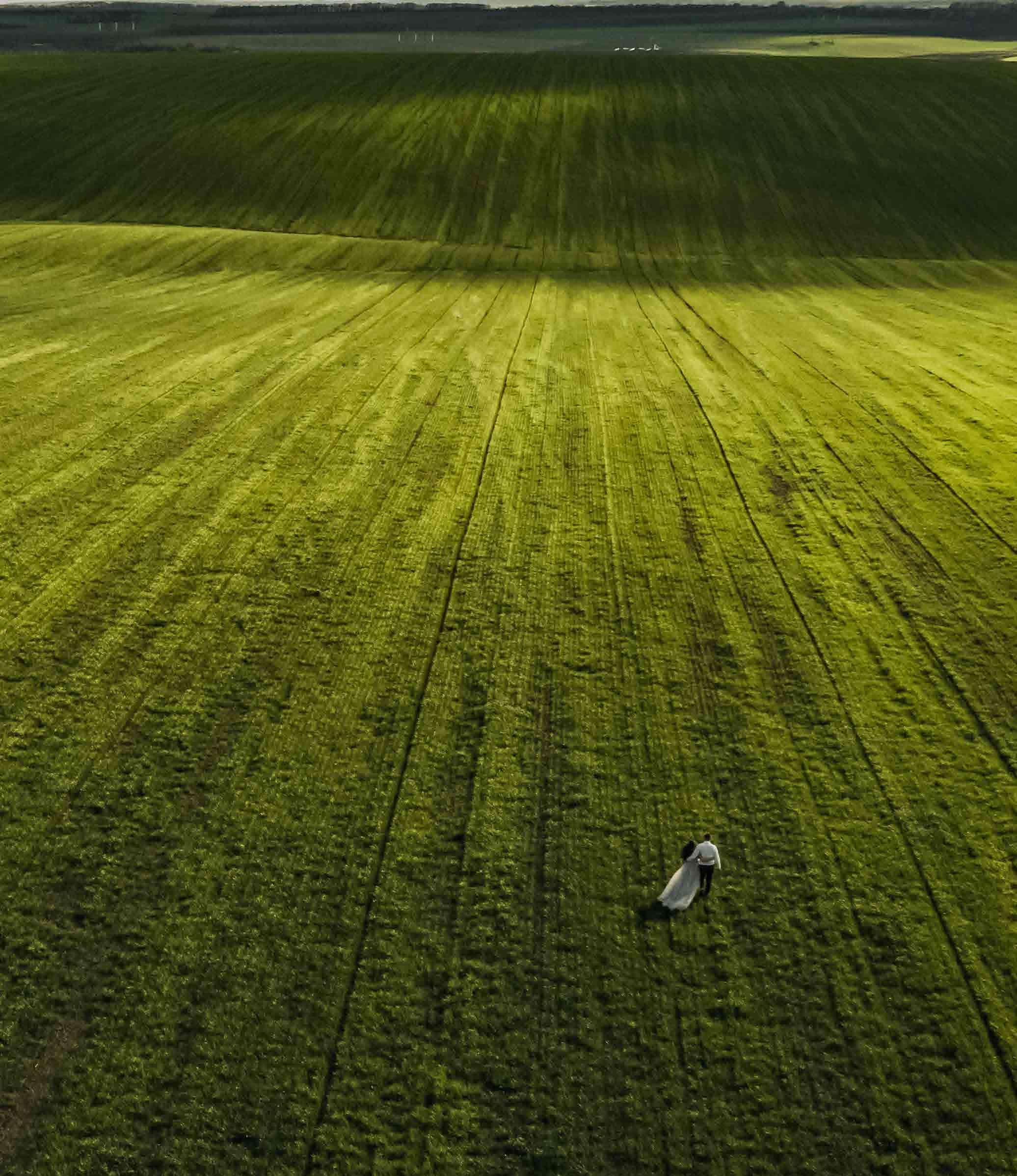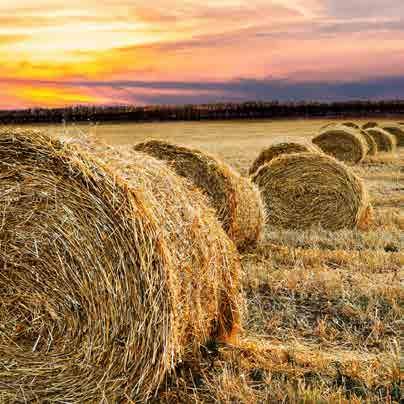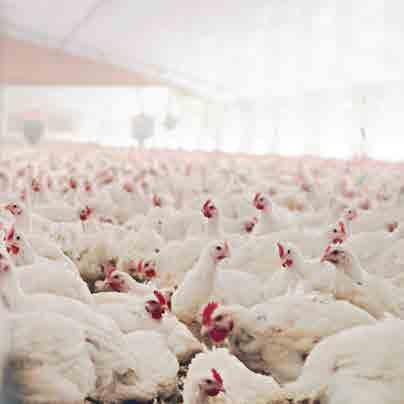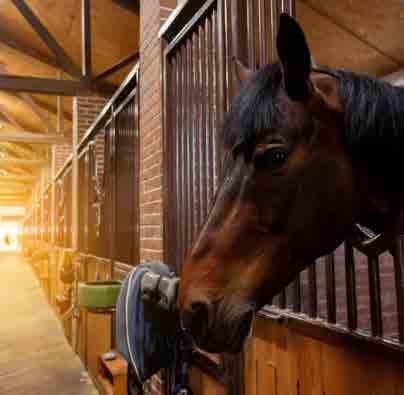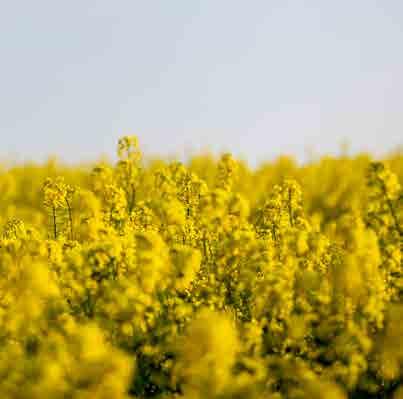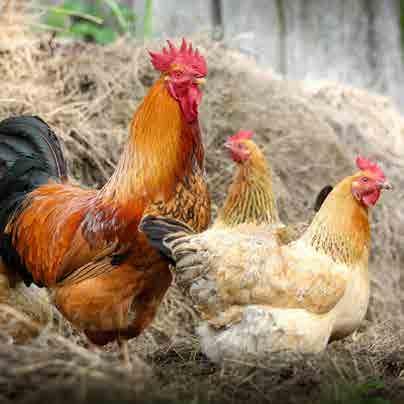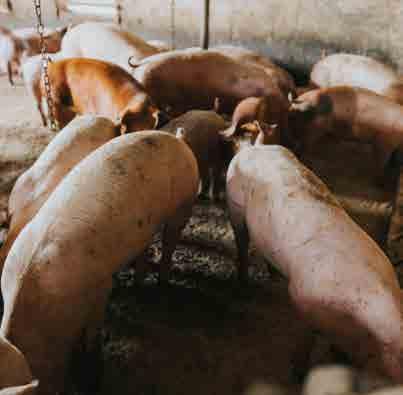
Eight Top tips Soothing your troubled mind



Eight Top tips Soothing your troubled mind


Equi-Jewel® is the ideal conditioning supplement to increase body condition, topline, and coat quality in breeding horses, performance horses, and horses being prepared for sale.
Equi-Jewel is a high-fat, cool-energy supplement that provides a safe source of calories for horses requiring a lowcarbohydrate diet or horses that are intolerant to grain due to tying-up or gastric ulcers.
Equi-Jewel contains KER BMC™, research proven to double the acid-buffering capacity of the stomach, which moderates stomach pH and reduces the risk of gastric ulcers. KER BMC also increases the buffering capacity of the hindgut by 54% to promote improved digestion and feed utilisation.
Learn more about Equi-Jewel at ker.com
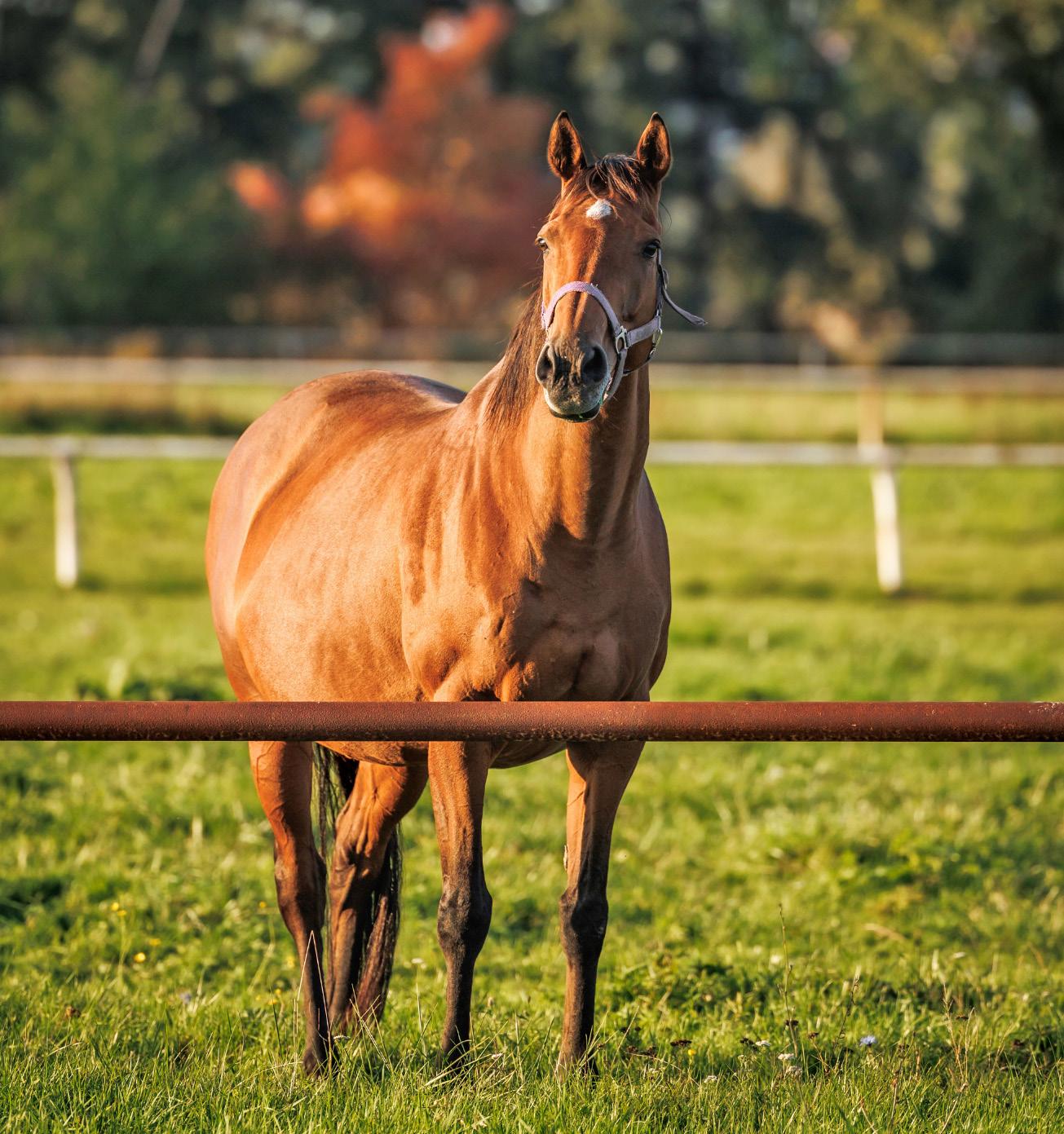



Editor Amanda McWhinnie
amanda@equestrianhub.com.au
Fiona Todd 0414 760 067
fiona@equestrianhub.com.au
Website equestrianhub.com.au


Dr Andrew McLean
Andrew is the CEO of Equitation Science International, and an Honorary Fellow of the International Society for Equitation Science. He is a member of both the FEI's Equine Welfare Advisory Group - tasked with providing independent advice on the FEI's Equine Welfare Strategy - and their Ethical Training Methods Expert Consultative Group. In this issue, he discusses the implications of social license for horse sports.
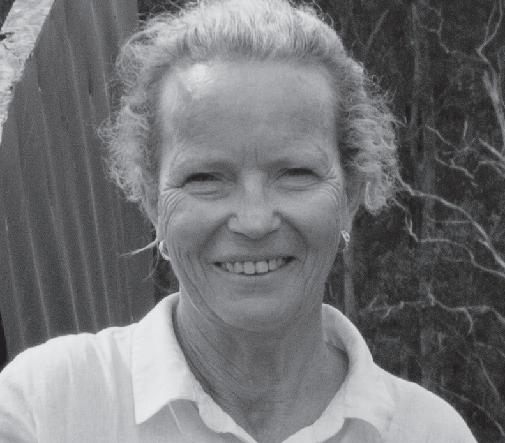
Larissa Bilston B.AgrSc (Hons)
Amanda Mac
As editor of Equestrian Hub Magazine, Amanda’s two long-standing loves, one for horses the other for writing, come together perfectly. In this issue she speaks with eminent equine welfare expert Dr Andrew McLean, recently appointed to the FEI's Equine Welfare Advisory group, and was then delighted to learn that OTT Thoroughbreds turned more than a few heads at the recent Interschool Victorian State Championships.
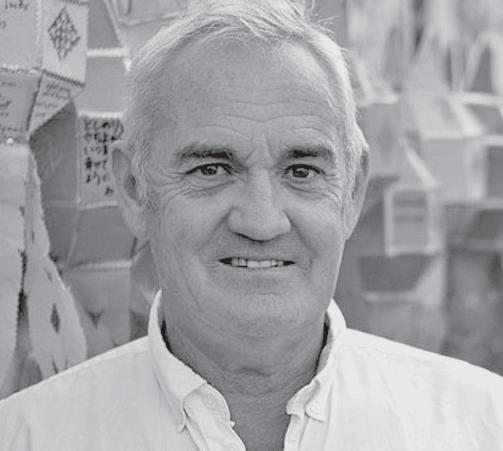
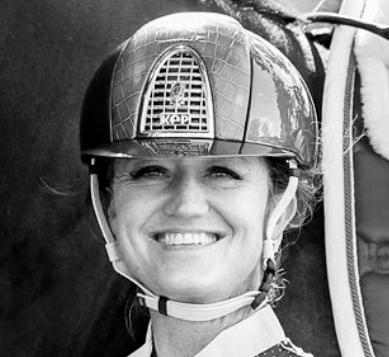
Christine Armishaw
Christine is a qualified EA Level 1 Coach and horse trainer who specialises in building confidence in women returning to riding and young riders getting started on their equestrian journey. Based at Otford Valley Equestrian, she runs clinics in NSW and NZ, and is a keen show jumper. In this issue, you'll find Pt. 1 of her eight tips to help soothe your nerves - and if you're a nervous rider, these are game changers.
Dr Jennifer Stewart B.V.Sc., B.Sc., Ph.D.
With over 40 years’ experience as a veterinarian in mixed and equine practice, Jennifer’s special interest is equine nutrition. She was a Senior Veterinary Officer with the Australian Department of Agriculture, Water and the Environment for 10 years, and a Biosecurity Veterinarian with the ACT Government for two years. In this issue, she digs deep into the problem of pregnancy associated laminitis.
Larissa is the Equine Nutritionist for Farmalogic, where she developed Equine Vit&Min and the Farmalogic Equine range. Her extensive experience is highly regarded by trainers, riders and owners who understand the importance of good nutrition. The key to strong, resilient hoof growth is a well-rounded diet, and in this issue, Larissa explains why a holistic diet is so important for healthy hooves.
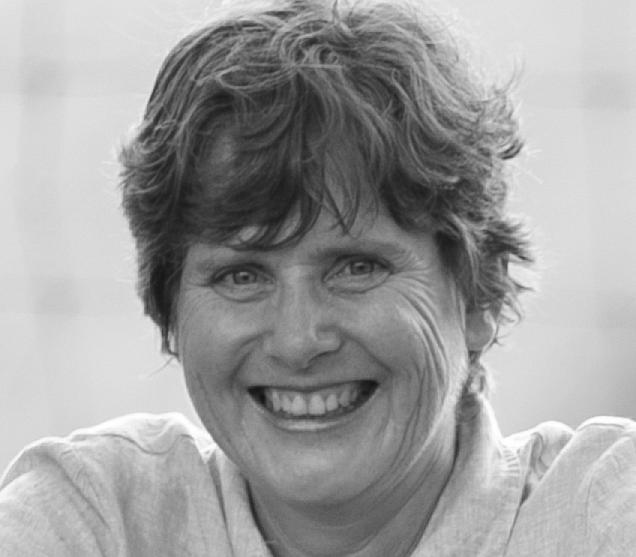
Dr Cat Marsden

Cat has had a lifelong interest in horses. She completed her veterinary degree at Charles Sturt University and after graduation worked in mixed practice for 18 months. Finding her main passion was horses, she completed a rotating internship at Goulburn Valley Equine Hospital. She has a particular interest in sports medicine, lameness and reproduction, and in this issue discusses sand colic.
Nicole Tough
An EA Level 2 Dressage Specialist Coach and National A Level Judge, Nicole has over 30 years experience in training, competing, judging and coaching. She enjoys presenting seminars and masterclasses, has trained in Germany, Spain and The Netherlands, and has produced nine very successful FEI horses. This month, she offers the first of her two part series on training for the flying change.

Michelle Terlato Michelle grew up with horses and has always loved them. When she’s not travelling the globe photographing the world’s top equestrian athletes, she’s home riding her own horses. It’s the behind the scenes and the unexpected shots that she likes the best, and in our Behind the Shot feature, she shares her favourites and explains what makes them so special.
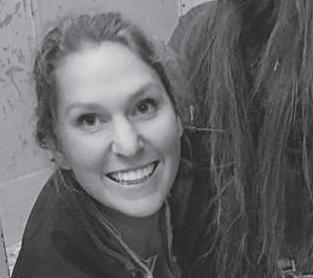


One of Australia’s top equestrian photographers, MICHELLE TERLATO travels the world capturing equestrian athletes in action.
Rider: Jonelle Price
Horse: McClaren
Event: 2022 FEI World Eventing Championships
Location: Pratoni, Italy
Camera & Settings: Canon 7DMark II, EF 300mm, f/2.8, ISO 100, 1/1250 sec
Challenges: One of the biggest challenges at a World Championship is finding the perfect spot to shoot, especially when you’re competing with other top photographers and prime locations are claimed early. By the time I arrived at the water complex, most of the best spots had been taken. However,
one of the things I loved about Pratoni was the length of the water complex, which allowed riders to come through in both directions, giving us plenty of action.
At this particular section of the water, the riders had already cleared the obstacles, gathered their reins, and were looking ahead with their horses opened into a gallop for the long stretch to come. It was also the perfect moment to capture their reactions to the spectators' applause after a flawless ride through the tricky water obstacles. The beautiful light reflecting off the water added to the
shot, and there were no officials in the background to distract from the scene. The lighting was tricky though, with intermittent rain showers and bursts of sun in between. But with a low ISO and high shutter speed, I’m happy with how the shot turned out.
Why this shot is special: Above all, it's the expression of delight on Jonelle’s face. She's up in the classic two-point cross country position with plenty of loose rein and water droplets are splashing in all directions as McClaren looks ahead and listens to Jonelle with both ears. He is almost in full suspension and the details of the shoe studs, the veins in his neck and the NZ Silver Fern quarter mark are standouts. Together they look joyful and as the expression goes, full of running. They achieved fabulous results with team NZ taking the bronze medal and Jonelle finishing in a very credible individual 10th place.

Michelle is available for event, commercial and private shoots. Visit Michelle Terlato Photography to view her impressive portfolio.
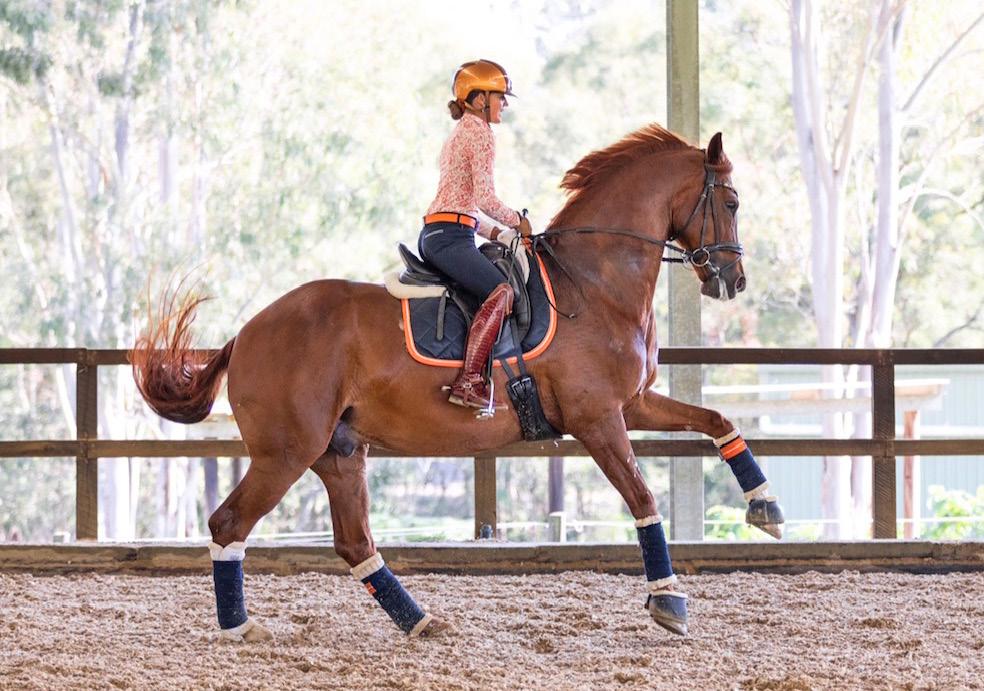

In the first of her two-part series, NICOLE TOUGH explains how to train for the flying change.
Mastering the flying change can be a challenge no matter how many horses we’ve trained, and even more so if we’re new to it ourselves. Introduced at medium level, it can be the reason combinations remain in elementary level dressage for a long time or forever. From the non-existent to the confirmed flying change takes anywhere from 6-18 months, depending on the horse, and how much help you have.
In my experience, there are generally four stages leading to an established change, on our aid, and on our line: Attempt; Clean; Change Happy; Confirm.
experience. The canter-walk transitions should be balanced and collected, with the horse able to shorten the steps of canter to the speed of walk, lowering the haunches, becoming more uphill, thus making the lightest transition to walk like a feather landing on the ground.
The transition from walk to canter, requires our utmost attention as this will, in effect, be our flying change aid. If the horse is slow to our aid or stiffens against the hand, we are likely to experience the same thing when we ask for the flying change. The horse must absolutely be on the canter-depart aid, with our outside rein steady and feeling the connection through it in the canter depart. We should also pay attention to any straightness issues, as any misalignments will show up in the change. If we have these pre-requisites, we are less likely to bring unnecessary tension to learning the changes, disturb any of our previous training, or lose quality in the canter. HANGING TOUGH
But when is our horse ready to start flying change training? Elementary work underpins the development of our horse’s balance, throughness and straightness. In particular, the simple changes are crucial for setting ourselves up for a positive flying change

At any stage, we must reserve the right to change our mind and turn off the line if we need to. The more our prerequisites are in order, the better chance we have of making this a smooth process.
Next - know the theory. Practice without the theoretical knowledge is like trying to steer a rudderless ship! Riders should know the footfalls of canter and the right moment to apply the aid for our horse to make a flying change. If we don’t know this moment, we are praying for a fluke and setting our horse up to fail, causing confusion and distress in the process. The mechanics of the canter right are;
y First beat - outside hind (left)
y Second beat - diagonal pair (right hind/left fore)
y Third beat – the leading fore (right)
y These 3 beats are then followed by the moment of suspension (and vice versa for left lead canter)
We give the flying change aid on the third beat of canter and the horse changes in the next moment of suspension, landing in the new canter.
To organise your mind and ensure clarity of your aids, I recommend this ‘simulation’ exercise before trying your first flying change:
y On the right rein, from the long side, at S ride a half 10 metre circle right returning to the track at V in walk but imagining you’re in right canter. Aim to be in right position, with right leg at the girth and the left leg back.
y On the returning line to V and remaining in position right, prepare the horse for left lead canter. Do this by applying pressure with the left leg back, effectively making a hollow through the left rib cage and pushing the horse onto the new outside rein (right). You should remain in right position, and stay committed to holding the new outside rein and therefore holding the new outside front leg to the right.
y When you have achieved this feeling, switch the legs along the horse’s sides, to left lead canter, holding the new outside rein (right), and actually
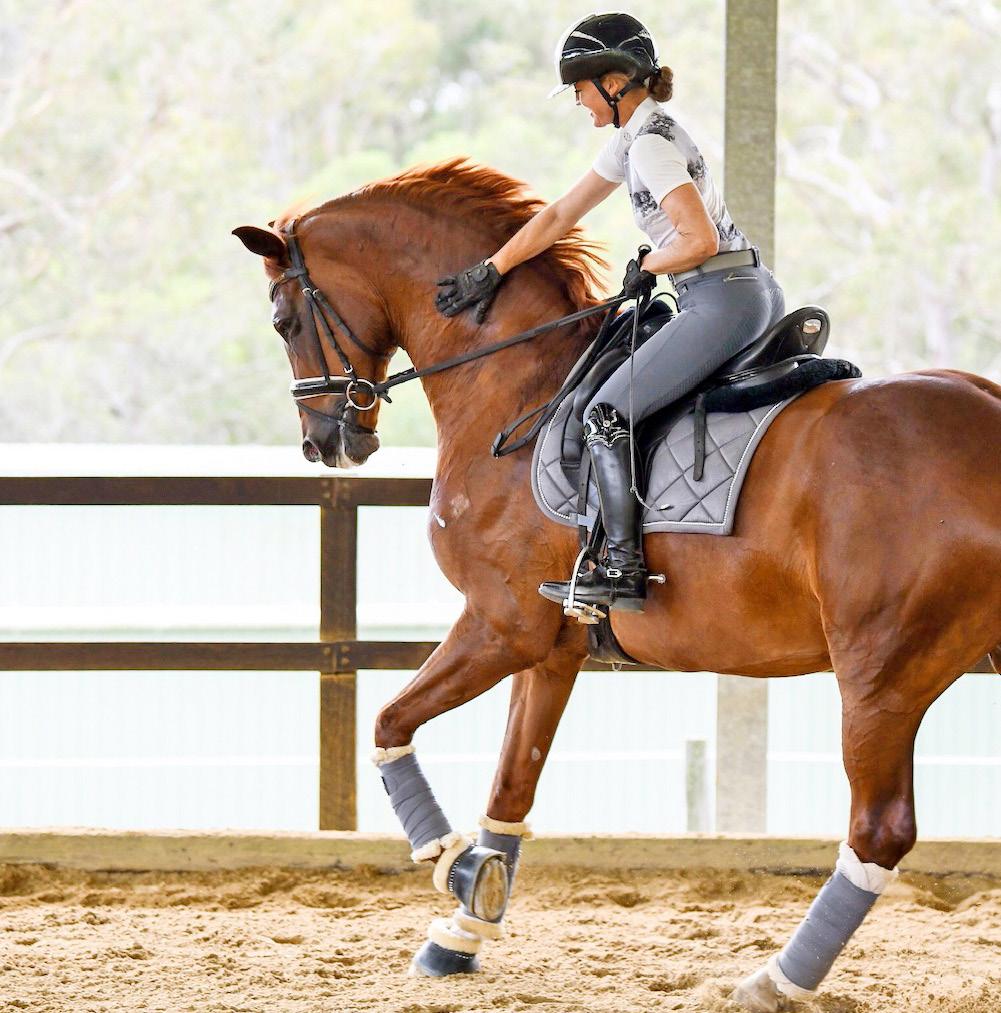
strike off on the left lead, remaining on the returning line to V, before continuing down the long side in left lead canter.
Repeat as many times as needed to gain clarification and only attempt from canter when the goals are clear to both you and your horse, and the horse strikes off on the new canter lead without hesitation.
The goal in the first stage is to get from one lead to the other whilst in canter, in which the change may be offered in two parts (i.e. hind legs change before or after the front legs). Coaches have a variety of exercises for this stage, but I prefer using the exact same line as the simulation explained above. And note, always do both sides and when/if we get the change, even if it’s offered in two parts, return to walk and reward the horse.
If no part of the change is offered, don’t ask twice. Instead, quickly make
a transition to walk, and strike off on the new canter lead. Try this a few times. The idea is to show your horse they already know how strike off on the canter lead. Now it’s time to figure out how to do it in canter. Don’t make a big deal about it. If they don’t get it, try again the next day, and the next and so on.
Two important tips:
y Try not to throw yourself and therefore your horse onto the new lead. Our horse needs us to remain in position and as still as possible.
y If the horse becomes tense, crooked, loses quality in the canter, or goes into auto-pilot mode, turn off the line and restore quality of pace and harmony before attempting again.
In our June issue, we will cover the next three stages of the flying change: Clean; Change Happy; and Confirm.

For more information on lessons or a clinic with Nicole, visit Nicole Tough


Many riders are affected by nerves, and in Part 1 of her two part series, CHRISTINE ARMISHAW offers some great tips on keeping anxiety at bay.
If you’ve never felt the flutter of nerves as you prepare to mount, or when you are riding your horse, you’re one of the lucky ones! It’s a feeling many riders experience, either as a result of a fall or just because – you are, after all, working with a strong and sometimes unpredictable animal!
But here are some tips to help you manage those nerves so that you gain more enjoyment from the sport you love:
1. Have the right horse: If you have a horse who is spooky or reactive, and you are not completely comfortable with that, then even before you hop on, you're already going to be feeling apprehensive. Plus, you've got a horse you have to work extra hard with, because aside from keeping your balance, staying on, trying to ride a circle, and all that good stuff, you have to deal with anything the horse might throw at you.
After getting lessons at a riding school, some people decide they want a horse of their own - and with no idea of what they should look for they go and buy one, realising too late that there’s a huge difference between a ‘real life’ horse and a riding school horse who's ridden twice daily and is happy to play follow the leader.
Preferably, take an experienced someone with you when you go looking, and be really specific about your requirements. I generally advise people to aim for a horse who is 12 or more years old. There are always exceptions to the rule and sometimes younger horses are fine. But if you’re a little bit nervous anyway, try and stack the odds in your favour, because horse riding can be dramatic and scary enough at the best of times.
Also, look for a horse who's already proven their suitability for the things you're hoping to do with them, whatever they might be - and if they frequently lick and chew, so much the better! Horses who freely lick and chew typically process information more readily and hold less tension than horses who don’t.

2. Have lessons: If you suffer from nerves, I would strongly encourage you to have lessons. Interestingly, a lot of my new students tell me that they don’t really know what to do when they’re riding at home. However, my job as a coach is to set things up in the lesson so that the student has something productive to work on at home, and can have a successful and confidence building ride even when I'm not there.
If you can't commit to weekly lessons, try for fortnightly or even a regular monthly lesson. Then you know that if you’re finding something challenging, it’s not all on you. You can talk it through with your coach – you’ve got someone who can help you break the problem down and suggest areas for you to focus on. Lessons themselves are invaluable, because they’re going to help you think of things that you haven't yet thought of, which is going to make a big difference to your riding
3. Have a plan: Typically, when people get on their horse and their horse is unsettled, the rider starts to feel nervous, and then they sit there waiting to see what’s going to happen – and that’s a terrible idea! Instead, have a plan. Your mind can only really think about one thing at a time, so it’s better to fill that space with a deliberate thought, rather than sitting, nervously waiting, and hoping for the best.
You don't have to plan the entire ride, but at least be two to three steps ahead of where you are right now. For example, I’m going to ride a circle when I get to that letter, or if you’re not in an arena, when you reach that tree or that tuft of grass. Learning dressage tests is really helpful with this, even if you're not going to ride dressage, because it means you’re frequently changing what you're doing. You don’t have the luxury of riding half a dozen circles and then deciding to stop! You ride one circle, and before you get to the end of the circle, you have to be thinking ahead to what comes next.
As I said, the main thing here is to plan at least two to three steps ahead - and don't ride a whole lap of the arena
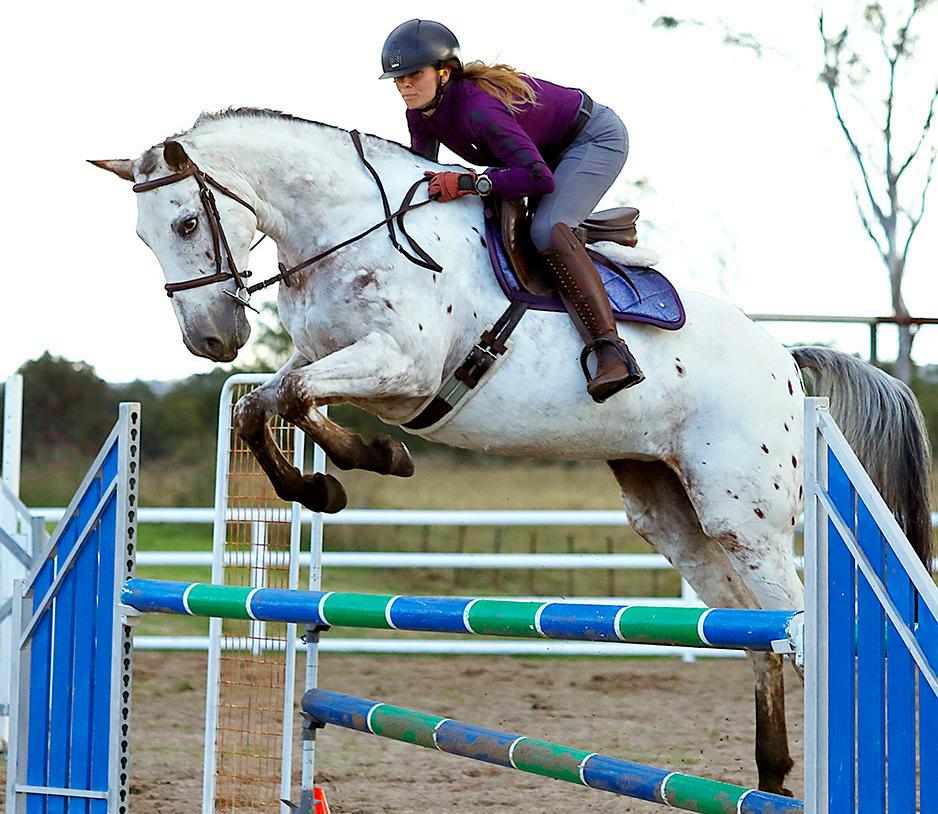
ABOVE: Counting strides out loud is relevant to jumping as well as to helping you breathe deeply (Image by Chloe Diames Photography). LEFT: If you are a nervous rider, have lessons so you can talk your challenges through with your coach.
before you change what you're doing. Changing can be as simple as going from a straight line to a circle, or making your trot bigger and then smaller, or going between walk and trot. It doesn't have to be super complicated, but it does have to include frequent, regular changes.
4. Say it out loud: Talk, sing, or count strides out loud because it forces you to breathe. When we get nervous, even without realising it our breathing becomes very shallow, and if we are not breathing deeply, the prefrontal cortex, the decision-making part of our brain, won’t get enough oxygen. If this happens, we start using the back, reptilian section of the brain, which is the centre of the flight or fight response. Clearly, if that’s the part of the brain controlling what we do next, we’re not going to be in a very good state.
The way we deal with that is by talking to the horse. I'm super chatty if I'm on a horse who’s making me feel nervous. It really doesn’t matter what you say, but because you’re talking, you will breathe. If you don't know what to say, sing a
song. There're people I know who get really nervous at the mounting block, so as they’re about to mount up, they'll sing. So pick a song, any song – it will make you breathe and therefore keep you more relaxed. I’ve had so many students who tell me that, after having lessons with me years ago, they still sing or talk to help their breathing and ease their nerves. It really does work.
Another trick when you're riding is to count your strides out loud. Obviously, this could be relevant for jumping, but even with a trot, counting strides nice and loud will help you to breathe. Often I'll tell a student to count their strides, but if I can't hear them it means they're not loud enough and they’re not breathing properly - and breathing is critical in helping ease jittery nerves.
Don't miss Part Two of this article in our June issue, when I'll have more to tell you about breathing, as well as more great nerve busting tips.

Christine Armishaw Equestrian offers a variety of coaching and other equestrian services at her Otford Valley Equestrian Agistment & Training Centre
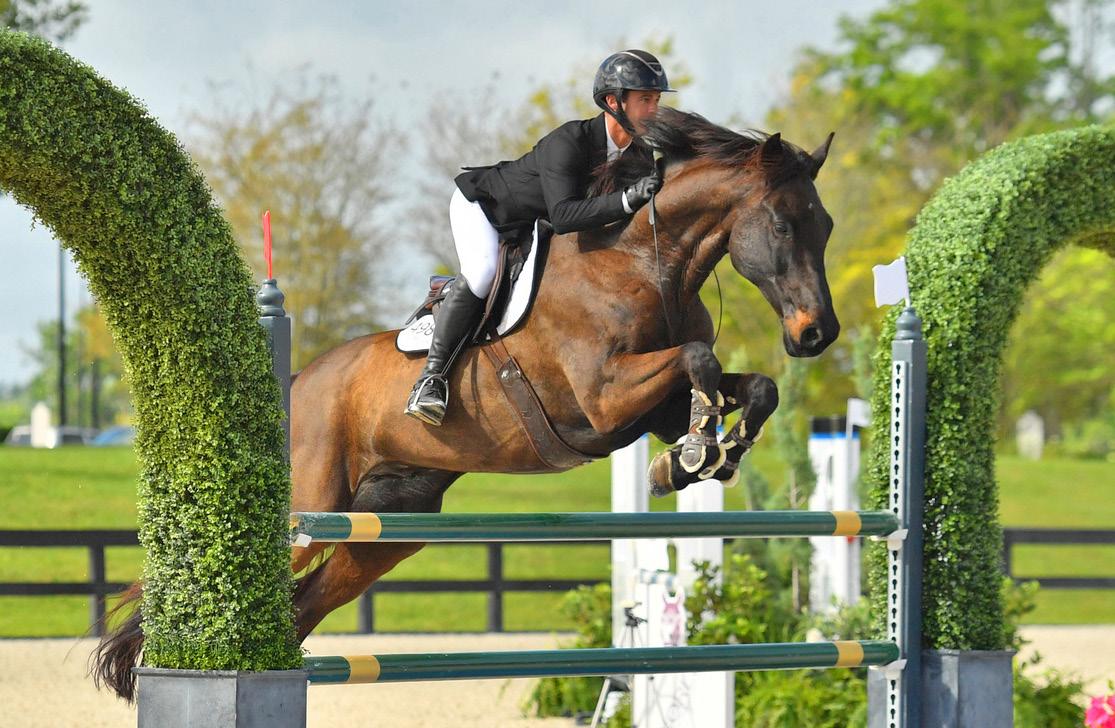

They say old habits die hard, but the need for change in our approach to horse sports has never been greater, writes AMANDA MAC
The ways in which we train and ride our horses is, to no small degree, based on traditions and practices which often have a long history. But just because certain ways of doing things are steeped in tradition does not mean they are best practice, nor are they necessarily in the horse’s best interests.
With growing public concern over horse welfare, social licence is in increasingly sharp focus. To be clear, social license in this context refers to the general
public’s implicit acceptance and approval of equestrian activities. Without this approval, the continuation of many horse-related sports could be in serious jeopardy.
This Advisory Group will provide ongoing independent advice on the FEI Equine Welfare Strategy, and oversee the strategy’s implementation through the FEI’s Welfare Action Plan. Chaired by FEI Veterinary Committee Chair, Dr Jenny Hall, the six member group includes Australian equine behavioural expert Dr Andrew McLean, winner of the Eureka Prize for Science, Australia’s highest science award, and CEO of Equitation Science International (see EHM July 2022 & Oct 2023). Andrew is also part of the FEI’s Ethical Training Methods Expert Consultative Group, a key component in the delivery of the Equine Welfare Action Plan.
One of the areas that the dressage orientated group has been tasked with exploring is the growing body of research identifying, among other things, previously unrecognised issues relating to tack, equipment and technique. For example, recent studies have focussed on the mechanics of a horse’s capacity to breathe. “The airway located at the back of the mouth is FEATURE
Recognising that maintaining social license is pivotal, not only for the sport’s sustainability, but also for its reputation, the FEI has instigated a range of initiatives, one of which is its recently established Equine Welfare Advisory Group.

necessarily wide and very important for breathing,” Andrew says, “but when the tongue draws back it closes that space. Whenever that happens, the horse’s respiration rate and pulmonary pressure increase, which can cause breathlessness similar to a mild asthma attack.”
Andrew explains that there are a number of reasons as to why the tongue moves back in the mouth. "The tongue is designed to 'ramp' in the middle and to push forward anything that is unwanted or distasteful. Therefore, when bit pressure is perceived as painful, the tongue draws up to push it forward. This effect alters the horse's airway dynamics and can give feelings of suffocation."
There is also evidence that when a horse opens their mouth, they break the lip seal (designed to keep internal pressure negative) thus increasing internal respiratory pressure and decreasing the efficiency of the airway.
Hyperflexion has also been a topic for ongoing study. The most recent research involved a large sample of horses of all breeds, and compared the effects of being five degrees in front of the vertical as opposed to 10 degrees behind. At five degrees in front, horses showed relaxation behaviours, but at 10 degrees behind or even less, their breathing was restricted. “The horses displayed increases in respiratory pressure combined with conflict behaviours, showing that they were less happy,” Andrew explains. “There were also increases in eye temperature, decreased heart rate variability, and a few other key elements of stress. So, the research is telling us things that I certainly didn't know in my early life in riding.”
What is becoming increasingly obvious is that we need to prioritise not having horses’ noses behind the vertical, which is not an easy ask for modern horse sports because, as Andrew points out, they’ve become progressively more behind the vertical over the past 30 years.
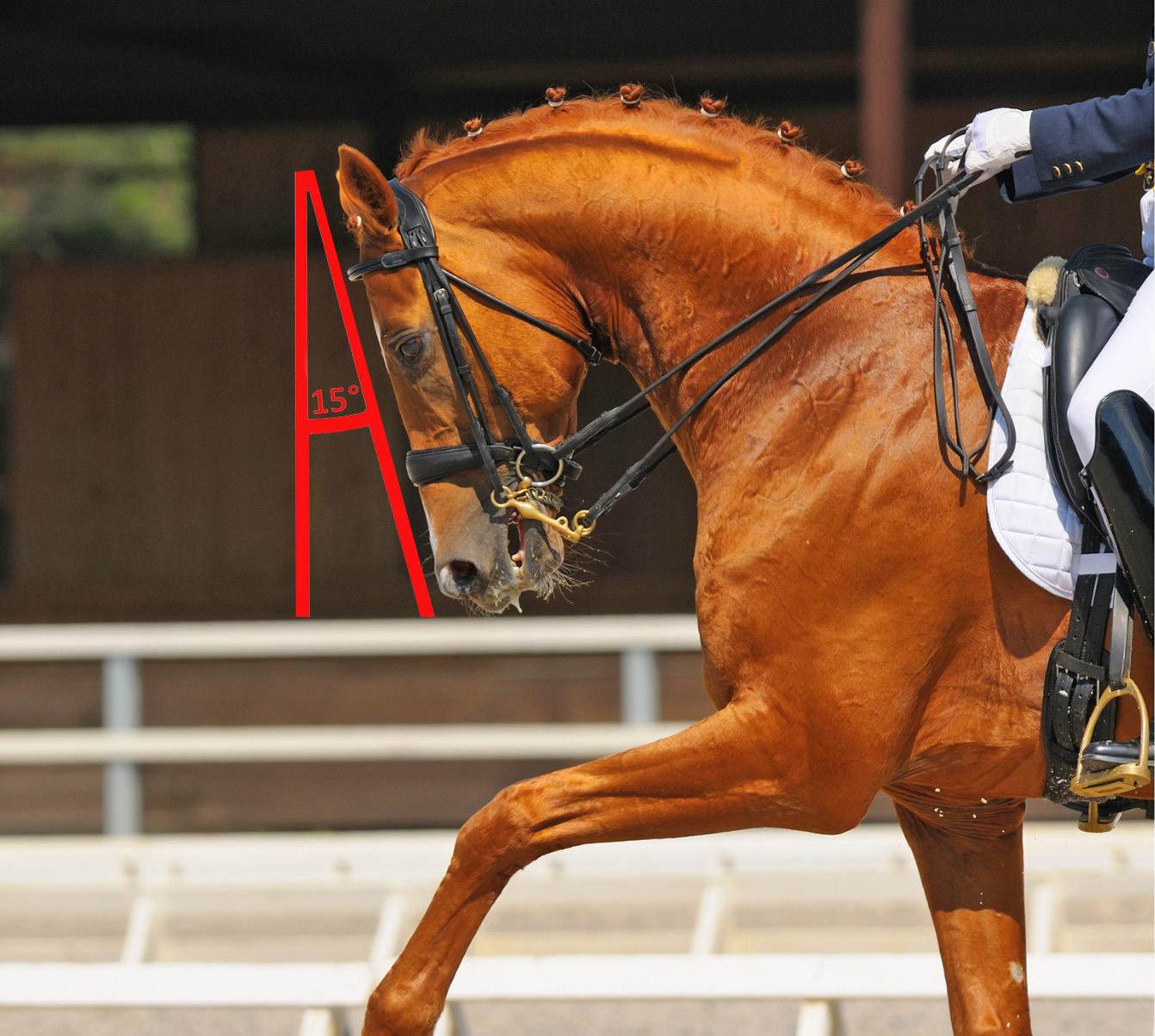
ABOVE: Horses experience breathing restrictions at just 10 degrees behind the vertical - this horse is 15 degrees behind. LEFT: In 2024, Brendan Wise and Lyric competed bridleless at the World Equestrian Center (Image by Andrew Ryback).
When it comes to the double bridle, the FEI is making moves to allow the optional use of snaffles. As early as January 2019, riders in CDI1* and 2* dressage classes were given the choice of using either a snaffle or a traditional double bridle, a ruling also applicable to Junior and Young Rider classes, and Small Tour classes at 1* and 2* level. Then late last year, the FEI sanctioned ‘experimental’ Grands Prix in snaffle bridles, with their dressage committee encouraging event organisers to offer special classes up to CDI3* for riders wishing to compete in a snaffle rather than a double bridle. “There's been a distinct change in the top sports people, particularly in dressage, where they're saying that they would consider that to be a move in a good direction.” Andrew says.
In fact, given public concern over equine welfare, Andrew believes that greater use of a snaffle bridle is almost inevitable. He also thinks that riding in a snaffle would help identify horses who were better trained and could therefore maintain self-carriage: “A
double bridle with a curb chain becomes what’s known as a second class lever. It adds more pressure to alter the horse’s head position, and also effects the tongue. I think as we become more knowledgeable about the negative implications of these things, we'll start to see a move towards snaffles.”
Referring to the concept of self-carriage, in which the horse maintains their posture, speed, rhythm and straightness without being held, Andrew shares what occurred recently when the German National Federation invited him to go to Warendorf with two other scientists to talk about hyperflexion at the renowned German National Riding School. After observing four horses being ridden around the arena, Andrew asked their riders to run their hands forward for just two strides to allow the horse’s nose to come out a little further.
Although in most cases the position of the nose moved by as little as a centimetre, the effect on the horses was immediate. “Their mechanical


staccato movements changed as their gullets opened, and they looked much more lithe and soft. Every single horse improved when we ran the hands forward and then took up a lighter contact. Some of the horses didn't maintain self-carriage, but that's only a question of practice and training.”
Andrew gives some interesting examples of dressage horses who are very close to exemplifying self-carriage: “Valegro was close to that. I don't think he was properly in self-carriage from my perspective, but he was close. Jessica von Bredow-Werndl and Carl Hester's horses are pretty close too. Ingrid Klimke’s horses as well – and of course Ingrid's got the great history of her own father who was the master of self-carriage.”
And Andrew certainly doesn’t rule out the possibility of bitless bridles in
competition. “Judges aren't just judging the horse’s mouth, they’re judging what the horse is doing. So I can't see why, if they can do exactly the same things bitless, we should be concerned about people training and competing in the lightest of equipment. And the reason I say that is because the world is watching. The future of sports involving animals is really in the hands of the public, and for me, the canary in the coal mine was what happened with greyhounds in New South Wales.”
A step beyond bitless is bridleless, and an inspiring example can be found in show jumper Brendan Wise. Brendan and Lyric, an Argentinian Warmblood, made their competitive bridleless debut in 2024 on the show jumping circuit in Ocala, Florida, where they competed up to 1.40m National Grand Prix level with no bridle, proving that bridleless riding
can be successfully taken into high level open competition against bridled horses.
Of course, not every horse can be ridden bridleless, but we do need to begin eliminating apparatus and training techniques with the potential to induce negative welfare. “It's the least we can do for the horse,” Andrew says. “It's worth remembering that while we have selectively bred horses to not show pain or distress visibly, they suffer silently.”
So where to from here? To quote Viktor Frankl, when we are no longer able to change a situation, we are challenged to change ourselves - and our challenge is to adapt to changes in equestrian sports that should by now be recognised as inevitable. "If we want sustainability, we can't keep our heads in the sand and pretend the problem [of social license] will go away. There are going to be more problems, we haven't seen the bottom of it yet," Andrew says. "More and more people are jumping to the side of horse welfare, even if sometimes they're really opinionated and sometimes incorrect. And there's even a bit of a division amongst scientists about the various effects of different apparatus, but that's really for the science to thrash out."
The controversy around hyperflexion, double bridles and other similar welfare issues must be addressed if we want to keep our sport alive. The equestrian industry is huge. It represents the livelihoods, careers, hopes and dreams of riders, trainers, breeders and the myriad satellite industries associated with the sport. "It's a big, big industry," Andrew remarks. "There's a lot of money in it, and a lot of lives that depend on it, which isn't in itself a reason for maintaining anything - but wouldn't it be a real win/win not to lose the sport we love, and at the same time improve horse welfare."

To learn more about Dr Andrew McLean and his work, visit Equestrian Science International, where you can also purchase Andrew's excellent books.
HARNESSING THE POWER OF SUNFLOWER SEEDS, AN ALL NATURAL SUPERFOO D
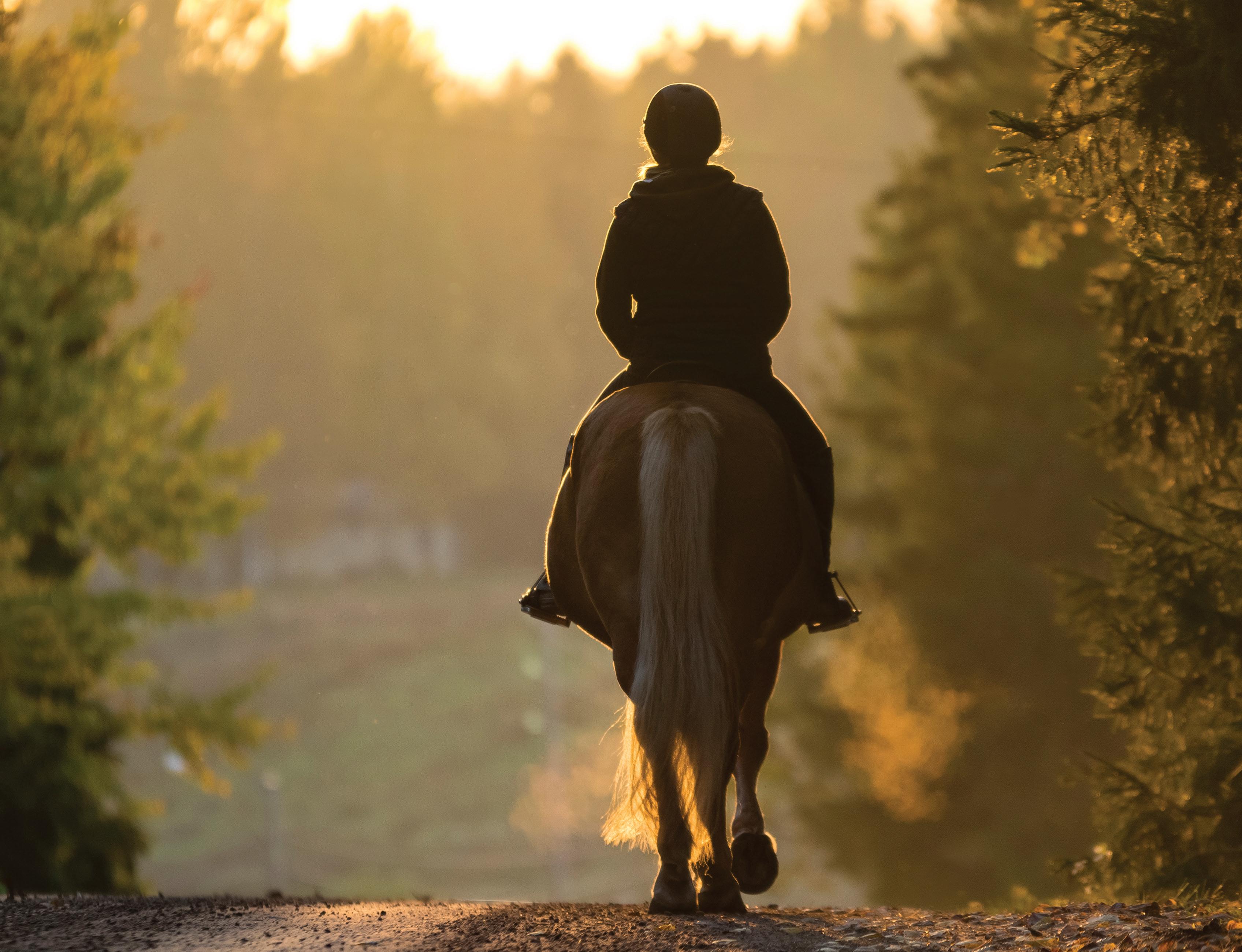
Omega Feeds has formulated a palatable, high fibre, low starch feed that contains a balanced blend of vitamins and minerals to ensure optimum health and vitality. No-Grain Gold is suitable for ponies, spellers and horses in light to medium work.
High Fibre: For gut health and cool energy.
Non Pelleted: Horses spend more time chewing which stimulates saliva production and in turn buffers the stomach and protects it from ulceration.
Low Starch: Reduced risk of digestive upsets and metabolic conditions.
Balanced blend of vitamins and minerals: For optimum health and vitality.
100% Australian, proudly supporting Australian farmers



I think my horse has sand colic
It can be distressing to see a horse with colic, and sometimes the most simple things can be the cause – sand, for example. DR CAT MARSDEN explains.
The term ‘colic’ simply means abdominal pain. There are multiple causes, including sand impaction or sand enteropathy, which is of particular significance in coastal locations and in dry areas with poor vegetation growth. Sand colic is caused by an accumulation of sand in the
gastrointestinal tract, which may occur if your horse is ingesting sand while eating hay off the ground, is grazing in sandy pastures, or drinking from shallow mud puddles. Sand can cause irritation, intermittent colic, and sometimes complete obstruction.
Sand colic may manifest in one of two clinical ways: diarrhoea and/or impaction.
Diarrhoea: Diarrhoea is caused through mucosal inflammation caused by constant abrasion by the sand within the lumen (the interior space) of the bowel. This constant irritation and abrasion results in a reduction of the absorptive surface of the bowel, thus causing chronic diarrhoea and weight loss. These horses are often colicky intermittently. Notably, the colic symptoms often occur when the horse is producing manure of a normal consistency. This is significant in regard to diagnosis as with other causes of diarrhoea, the horse is colicky at or around the time of diarrhoea production. Impaction: Colic symptoms associated with sand impaction colic are typically secondary to tension on the mesentery (the tissue that connects abdominal contents to the body wall) due to the
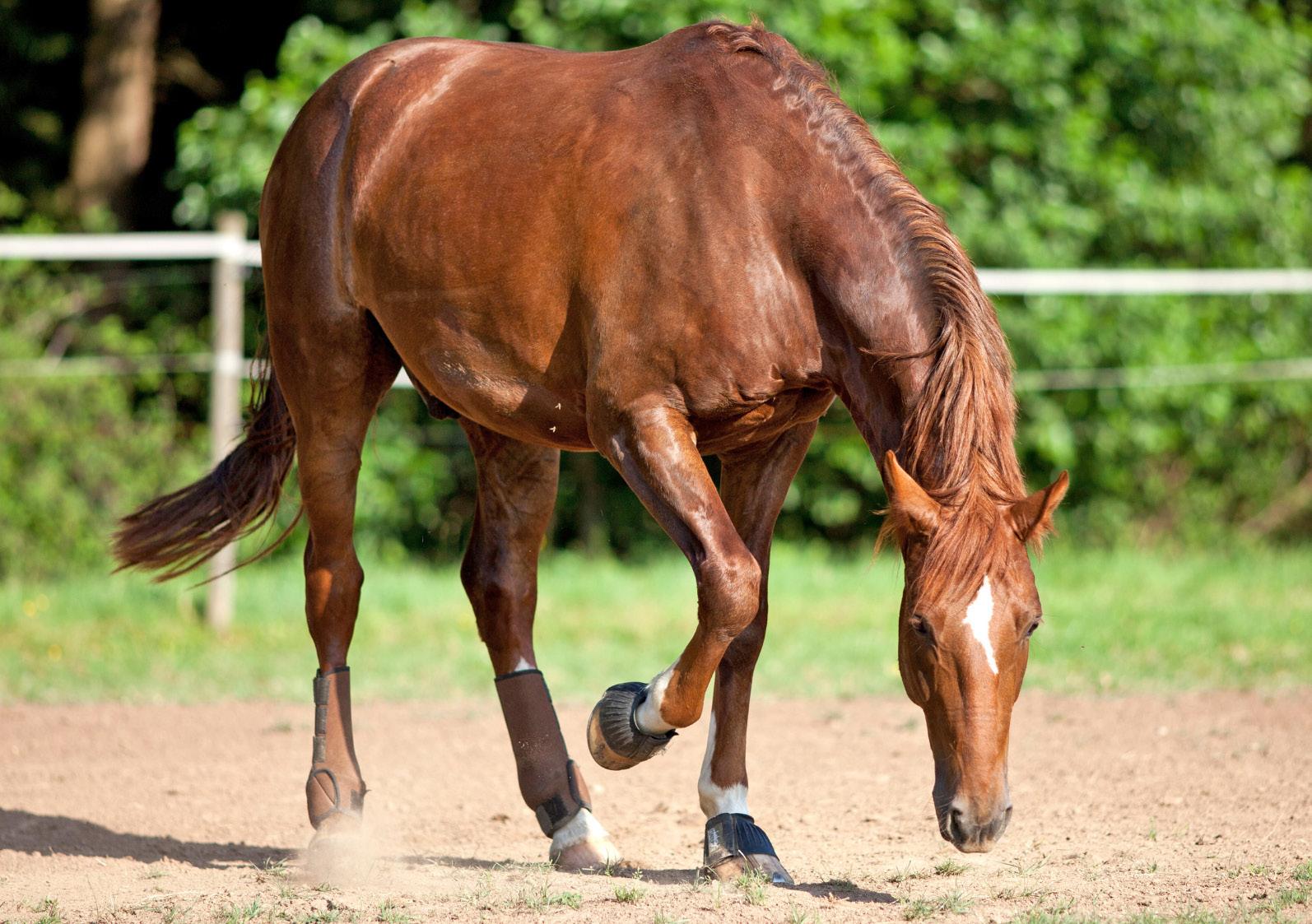
ABOVE & LEFT: Pawing and rolling can both be signs that your horse is suffering from colic.
weight of sand within the bowel. In chronic cases, horses may show low grade colic symptoms intermittently, including standing stretched out, lying on their side, or flank watching. Symptoms of colic can appear more acute/severe in cases where the colon becomes obstructed, torsed (twisted) or displaced because of the chronic sand accumulation.
There are a number of ways your vet may diagnose sand colic; however, the simplest way is to perform a faecal sand sediment test. This involves taking three to four faecal balls and soaking them in water within a rectal palpation glove. Because sand is heavier, it will settle in the fingers of the glove while the remaining matter and water will sit on top. More than 1 teaspoon of sand per four faecal balls is considered evidence of sand accumulation.
Additionally, rectal palpation or diagnostic imaging (ultrasound or xray) can be used to determine whether or not there is an accumulation of sand.
Sand colic can be treated through either medical or surgical management.
Medical management: The aim when treating sand colic involves managing pain and inflammation, and lubricating and disrupting the obstructing mass. Medical management of sand colic typically involves administering pain relief in the form of flunixin intravenously and dosing the patient with psyllium husk orally or through a nasogastric tube.
Psyllium has the ability to penetrate, hydrate and disrupt sand impactions, thereby allowing the sand to be passed in the faeces. If psyllium is ineffective in resolving the impaction, magnesium sulfate in combination with mineral oil
and administered through a nasogastric tube may be effective.
Surgical management: In cases where the horse does not respond to medical management, or for horses who are in acute and uncontrollable pain, surgical intervention may be required to physically remove the sand.
Prevention is key to managing sand colic, and reducing your horse’s access to sand is the obvious starting point. Ideally, a horse should be fed off the ground, but if restricting access to sandy ground is not possible, using hay nets or deep feed tubs are both options. In addition, feeding horses on rubber or concrete surfaces ensures that any feed that is dropped will not be eaten with a side of sand. Remember to clean the mats and tubs regularly and always provide good quality feed.
Feeding plenty of forage can help to move sand through the digestive
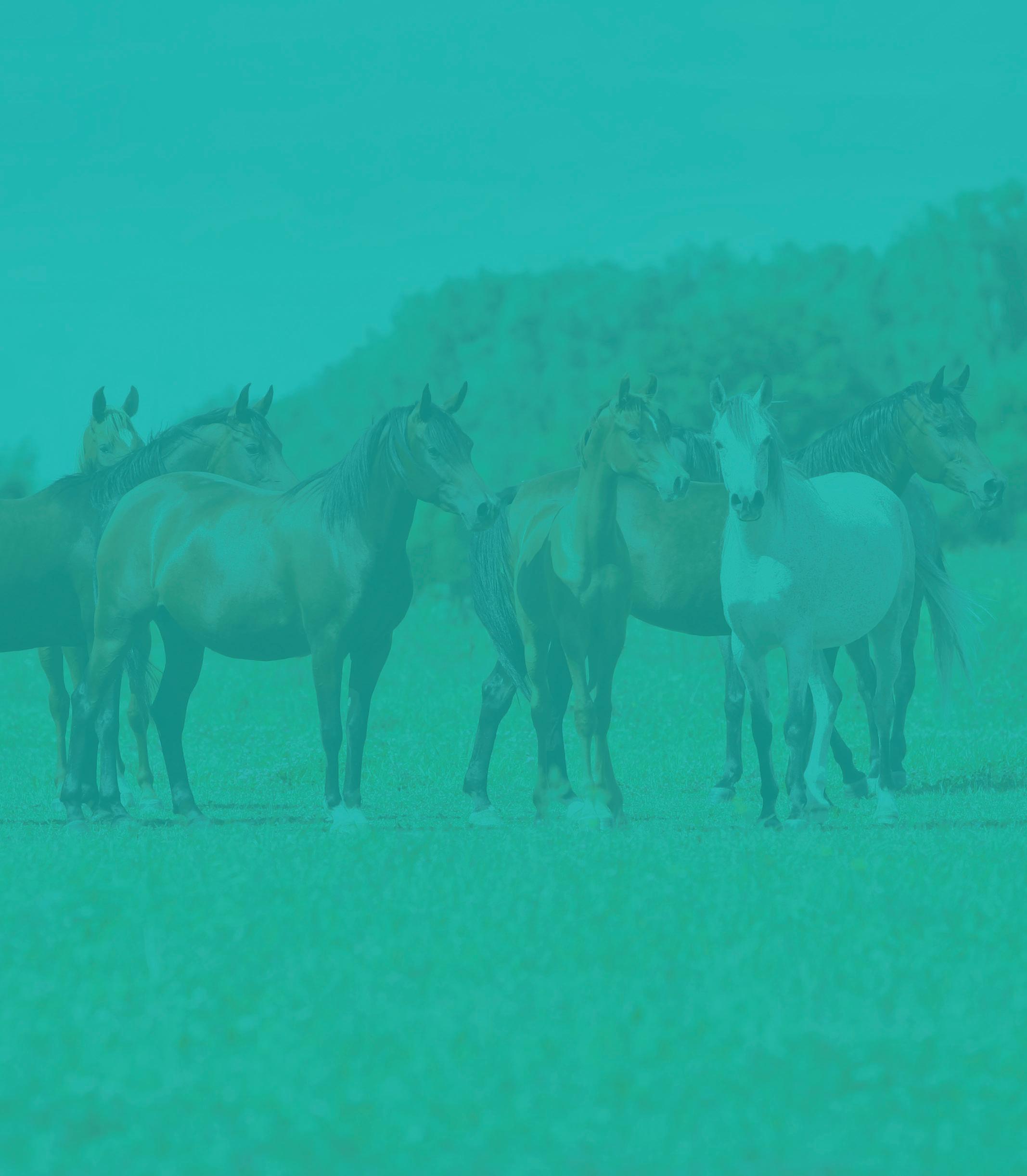
Apiam’s equine veterinary credentials are well-founded with a growing number of purpose-built dedicated Equine Vet Clinics and Referral Hospitals located in Victoria, New South Wales and Queensland, working alongside our network of mixed practice clinics in delivering quality equine veterinary care.

Scenic Rim Veterinary Service
Beaudesert QLD
Agnes Banks Equine Clinic
Agnes Banks NSW
Hunter Equine Centre
Scone NSW
Victorian Equine Group Bendigo VIC
Gippsland Equine Hospital
Maffra VIC
Southwest Equine Veterinary Group
Warrnambool VIC
Find out more by visiting the Apiam Animal Health website & view the equine product range on Country Vet Animal Supplies





ABOVE: If restricting access to sandy ground is not possible, using hay nets or deep feed tubs are both options.
tract before it settles, and maintaining healthy pastures is also important. Avoid overgrazing as horses may consume more sand when eating short grass.
It has also been suggested that feeding psyllium for five to seven consecutive days each month may reduce the incidence of sand accumulation by helping to keep it passing through the GI tract. However, this should be done in addition to and not in place of other management strategies.
Key to helping you identify any abnormality in your horse’s health, is being aware of what is normal for them. It is important to have observed and noted their normal eating habits, their faecal output and consistency, and knowing their usual temperature, pulse and respiration rate (TPR) is vital in identifying whether something is abnormal before it becomes an emergency.
So, if you think your horse has colic, there are some basic procedures which would be helpful to implement:
Check your horse’s vital signs: A normal heart rate is between 32 to 40 beats per minute; a normal respiratory rate should be between 8 to 20 breaths per minutes; and a normal temperature can range from 36.9ºC to 38.5ºC. Monitor your horse’s vital signs, in addition
to any other clinical signs (pawing, rolling, stretching). This information will allow you to give your vet an idea of the duration of the problem, and whether your horse’s symptoms have deteriorated over time.
Never medicate without your vet’s approval: Medicating your horse prior to your vet’s arrival is problematic in two ways:
y It limits what drugs your vet can use (e.g. If you’ve given bute, your vet can’t use flunixin, which is a much more potent and effective drug for colic)
y Medication may mask the symptoms of pain and thus make it more difficult for your vet to adequately assess and diagnose your horse.
Call the vet: Regardless of the severity of the symptoms of colic, it is always best to get your vet to come and attend your horse. If managed promptly and appropriately, your vet may be able to prevent a simple colic snowballing into something worse.
Look for poo: Take note of the number of poos and their consistency (are they very hard, a bit loose, big or small). This will help give your vet a clue as to why your horse may be colicky
Prepare for your vet’s arrival: While you’re waiting for your vet to arrive,
there are a number of things you can do to prepare:
y Carefully consider what may have changed in the hours and days preceding the colic. Have you changed feed (new hay, new pellets, new pasture)? Has the horse been wormed recently? Are there weeds in the paddock?
y Remove all feed from your horse. It is best to place the horse in a small yard with fresh water and no feed prior to your vet’s arrival
y Walk your horse if it is actively colicking. This can assist to move gas through the gastrointestinal tract and will also prevent the horse from rolling.
y Ensure that you have a bucket of fresh water and a safe, well-lit area for your horse to be examined when the vet arrives.
Plan ahead: Sometimes colic cannot be managed at home and may require the horse to go to a referral hospital. It is important that if referral is an option that you have a plan for transporting your horse safely.

Dr Cat Marsden’s particular interests are in equine sports medicine, lameness and reproduction. She can be found at the Southwest Equine Veterinary Group in Warrnambool VIC.


Insulin resistance in pregnant mares can be detrimental to both mother and foal. DR JENNIFER
STEWART explains why it happens and what can be done to help prevent it.
Known as ‘gestational diabetes’ or GDM, pregnancy diabetes affects between 4% and 12% of women. An equivalent condition occurs in mares and increases their risk of pregnancy associated laminitis. In both human and horse, the condition is associated with changes in blood glucose and insulin regulation.
The role of insulin is to move glucose out of the blood and into the body tissues (mostly into muscle and liver). At around 27 weeks (6-7 months) insulin sensitivity in mares begins to drop. This is known as insulin resistance, an evolutionary adaptation which means the mother’s tissues become less sensitive to the effects of insulin so that less glucose is taken out of the blood and more glucose can be delivered to the foetus and placenta. In addition to reduced sensitivity to insulin, the amount of insulin released from the pancreas is increased during pregnancy and blood insulin levels rise.
In all horses, irrespective of breed and discipline, elevated blood insulin is the number one cause of laminitis. Due to the natural development of insulin resistance during pregnancy, mares are at increased risk for laminitis from six months gestation. And it’s not just the effect of higher insulin levels on the feet – additional stress comes from the increasing body weight borne by the hooves, and lack of regular hoof care and farriery. Further, the risk of pregnancy associated laminitis increases with every pregnancy.
The choice of feed can either protect pregnant mares or increase the risk of laminitis. Feeds that are high in starch and sugar compound the risks (Table 1). Insulin levels rise faster, peak higher and remain elevated for longer in pregnant mares and this is particularly pronounced with high starch/ sugar feeds. Both starch and sugar stimulate insulin release and because pregnant mares already have elevated insulin, they need to be protected from surges caused by diet mistakes and

inappropriate feed choices. Regardless of the statements and descriptions on feed bags and labels, researching the website and reading the ingredient list is the best protection for your mare.
Certain feed ingredients and certain feed processing methods (Table 1) have harmful effects on blood glucose and insulin responses and can be unsafe for pregnant mares. These include all grains (oats, wheat, barley, corn) and all grain by-products i.e. cereal by-products and cereal co-products such as bran, pollard, millmix, and millrun. Many feeds are variously described as ‘low GI’, ‘cool’ or ‘low starch’ (Table 2) and are marketed as safe for certain equine clinical conditions. However, relying on the branding, labelling and description can be detrimental.
Stomach ulcers and peri-natal colic
Although horse owners often roll and boil cereal grains, the most common commercial processes are grinding, micronising, extruding/expanding and flaking – the objective being to increase the nutritional value of the feeds by enhancing the availability of starch. Starch is transformed into glucose by bacteria, digestive juices and enzymes in the stomach and small intestine. Compared to grinding, micronising and extruding increase the rate of starch fermentation and breakdown in the stomach. But this is not necessarily a good outcome as the starch alters the microflora in the non-glandular portion of the stomach, eventually causing conditions such as ulcers. Starch-rich feeds also delay stomach emptying, prolonging exposure of the stomach to acid, another risk factor for stomach ulcers (ESGD and EGGD). Feeds high in starch also increase the risk of colic.
Both the amount of starch in the feed and the type of feed processing have a significant impact on blood glucose and insulin. The misapplication of these factors can result in abnormally high insulin levels and laminitis. Although horses in hard work and needing high grain intakes benefit
INGREDIENTS and PROCESSING METHODS that flag caution and are best avoided for pregnant mares. Recommendations for pregnant mares, weanlings^ and EMS horses and ponies* are that the feed has less than 10% NSC (starch + sugar) and less than 4% starch [ < less than / > more than]
Barley
Bran/Pollard
Cereal by-products
Cereal co-products
Average starch 60% sugar 3% = 63% NSC
Average starch 23% sugar 7% = 30% NSC
Including bran, pollard, wheat middlings and millrun = 30% NSC
Generally corn or wheat meal, hominy feed, bran and pollard = 30% NSC
Corn Approximately 73% starch and 2% sugar = 75% NSC
Millmix Contains wheat pollard and bran = >30% NSC
M illrun
Molasses
Wheat
Rice Bran (fibre < 4%)
Micronised
Extruded
Contains bran and pollard = >30% NSC
Average 65% sugar = 65% NSC
Average starch 70% sugar 3% = 73% NSC
Average starch 42% sugar 4% = 46% NSC
The feed is 'cooked' making it more digestible and dramatically increasing the availability of glucose, which can cause a profound increase in glucose and the glycaemic response
Extrusion increases starch digestibility making it easily converted to glucose and absorbed
^ In young growing horses, insulin fluctuations are linked to developmental orthopaedic diseases.
*90% of laminitis in horses and ponies is due to insulin dysregulation
Table 1: Feed Labels
from these processing methods, they are not appropriate for horses with insulin dysregulation (PPID, EMS) and pregnancy. And, it’s not just the mare that experiences faster, higher and longer rises in insulin, it impacts the growing foal too.
The foal: insulin and developmental orthopaedic diseases
Blood glucose and insulin flow through the placenta from the mare to the developing foal. Here they influence the organs and systems that control glucose and insulin dynamics including the structure of the pancreas and the development of joint cartilage. After birth, foals of mares fed starch/sugar concentrates during pregnancy have higher insulin levels for up to 18 months. They are also more susceptible to osteoarticular lesions, including all forms of developmental orthopaedic diseases
(DOD) such as bone cysts, physitis and OCD. Foals from mares on high sugar/ starch feeds have abnormal insulin and inflammation from 160 days to 12 months of age. This is the major risk period for developmental orthopaedic diseases and even moderate amounts of starch/ sugar during pregnancy predispose the foal to osteochondral lesions between 7 and 12 months of age.
The pregnant mare presents a difficult challenge since feed supplementation is indicated for at least the last four months to support rapid foetal foal growth. Being a broodmare has been identified as a risk factor for obesity and laminitis and it can be hard to manage increasing body weight in pregnant mares. Mares increase their body weight by around 15% during pregnancy, with the majority gained between 230 and 290 days


gestation. The last third of pregnancy is the time of increased foetal foal growth – which often coincides with poor winter pastures – and pregnant mares need more nutrients, but the primary need is for protein and minerals, not energy. Energy requirements increase with lactation, not so much during pregnancy. All care must be taken to ensure the feed is low in starch and sugar and mares don’t become overweight. It’s important to keep in mind that pregnant mares in lean or normal body condition can become insulin resistant on feeds high in starch. Even in normal, non-pregnant, healthy horses, starch and sugar are associated with insulin resistance, obesity and laminitis.
Because mismanagement of pregnant mare nutrition has profound health effects for the mare and the foal, it’s important to avoid diet mistakes and indiscretions. We need to avoid mares being subjected to concurrent factors that favour the development of laminitis. Reading labels carefully (Table 2) and feeding a diet based on roughage with added oil (250–500ml/day) plus a balancer more closely mimics the natural grazing state of pasture and allows for adaptation of glucose and insulin levels to pregnancy and lactation. Low starch/sugar feeds combined with high roughage, oil-enriched diets have little effect on insulin and have been shown to protect against the development of laminitis in mares and DOD in foals.
Detecting laminitis:
Recent studies have revealed how difficult it can be to diagnose laminitis, and that up to 45% of cases may not be recognised or may be mistaken for colic, tying-up, foot abscess, bruised soles, hock lameness or navicular disease. From this research comes valuable information and a clear check list to alert owners that the laminae are undergoing damage and weakening:
Cool feed
Grain free
Whole grain free
Implies the feed has been formulated to avoid spikes of rapid energy - unless blood glucose levels have been measured after feeding, this term is misleading - contact the manufacturer for research carried out on the ‘cool’ feed
Generally means no whole grains but these feeds are commonly based on, or contain grain by-products which are called ‘cereal co-products’, bran, pollard, millrun, mill mix, hominy meal – all of which are high in starch and sugar
The feed may contain cracked, rolled, crushed or processed grains - all of which are high in starch and sugar
If the label doesn’t list % starch and % sugar or % NSC, it may be unsafe. How high is ‘high’ and how low is ‘low’?
Low starch
Low sugar
Low glycemic index
Both starch and sugar increase blood insulin, so even if a feed is labelled low starch, it may be high in sugar
Both sugar and starch increase blood insulin, so even if a feed is labelled low sugar, it may be high in starch
Glycaemic index (GI) is determined by measuring insulin, glucose and ACTH before and every 30 minutes up to 8 hours after feeding. This research requires a licence and animal ethics approval. Check if the manufacturer has done this for the feed.
Table 1: Reading between the lines - words can be misleading
y Difficulty turning
y Shifting weight from leg to leg
y Reluctance to walk
y Short, stilted gate
y Bilateral forelimb lameness
y Increased digital pulse
y Resistance to foot lifting
Also watch out for a stilted, wooden gait, rigid head carriage at the walk, less spontaneous movement, reluctance to trot or make sharp turns, hesitancy on hard ground, tension through shoulders, back and rump, and a drop in social status. Importantly, the typical laminitis stance and divergent hoof growth rings are present in less than 50% of cases. You can read more in this study.
The risk of over-feeding energy and calories is increased with complete feeds if the amount fed is increased to meet the increased amino acid (protein), vitamin and mineral needs of pregnancy. However, if a complete feed is fed below recommended amounts, it's likely there will be underfeeding of vitamins and minerals. Feeding a correctly formulated, complementary balancer containing amino acids, minerals and vitamins
allows you to increase or decrease energy intake without compromising vitamin and mineral intake.
The effect of sugar and starch on blood glucose and insulin are alike in horse and human, with some of the same health complications (weight gain and insulin resistance) and for horses, laminitis, osteochondritis and polysaccharide storage myopathy. Pregnancy represents a unique metabolic state which must be considered when choosing feeds and nutrition. The old adage ‘she gives it all to the foal’ is, after the fifth month of pregnancy, exactly as nature designed: the large demand for glucose by the growing foal is met by a reduction in the amount the mare uses.

Dr Jennifer Stewart BVSc BSc PhD is an equine veterinarian, a member of the Australian Veterinary Association and Equine Veterinarians Australia, CEO of Jenquine and a consultant nutritionist in Equine Clinical Nutrition.
All content provided in this article is for general use and information only and does not constitute advice or a veterinary opinion. It is not intended as specific medical advice or opinion and should not be relied on in place of consultation with your equine veterinarian.


Off the track Thoroughbreds made their presence felt at last month's Interschool Victorian State Championships, writes AMANDA MAC
The 2025 Petstock Interschool Victorian State Championships were an outstanding success.
Held for the first time at Boneo Park, the event ran from the 9th to 13th of April, and showcased some of Victoria’s best young equestrians competing in the disciplines of dressage, show jumping,
sporting horse, combined training, and show horse - and in another first, all abilities classes in dressage and showing were added to the program. Always popular, interest in the 2025 event exceeded expectations, with entry quotas filling on the day they became available. Also a standout at this year’s
event was that of the nearly 600 horses entered, a record number were off the track Thoroughbreds.
With just over 90 competing, OTT entrants enjoyed the support and sponsorship of Racing Victoria’s Off the Track program by way of a Best Performed OTT award, complete with rug and prize voucher, for each discipline. Racing Victoria also subsidised the OTT entry fees, and presented every rider with a cap embossed with their horse’s racing name.
Chair of Interschool Victoria and Event Director Mary-Anne McPherson, a volunteer of some year’s standing, is as passionate about OTT Thoroughbreds as she is about the event. “The majority of the off the tracks are ridden by secondary students, who range in age from 13 to 18, and that's an incredible
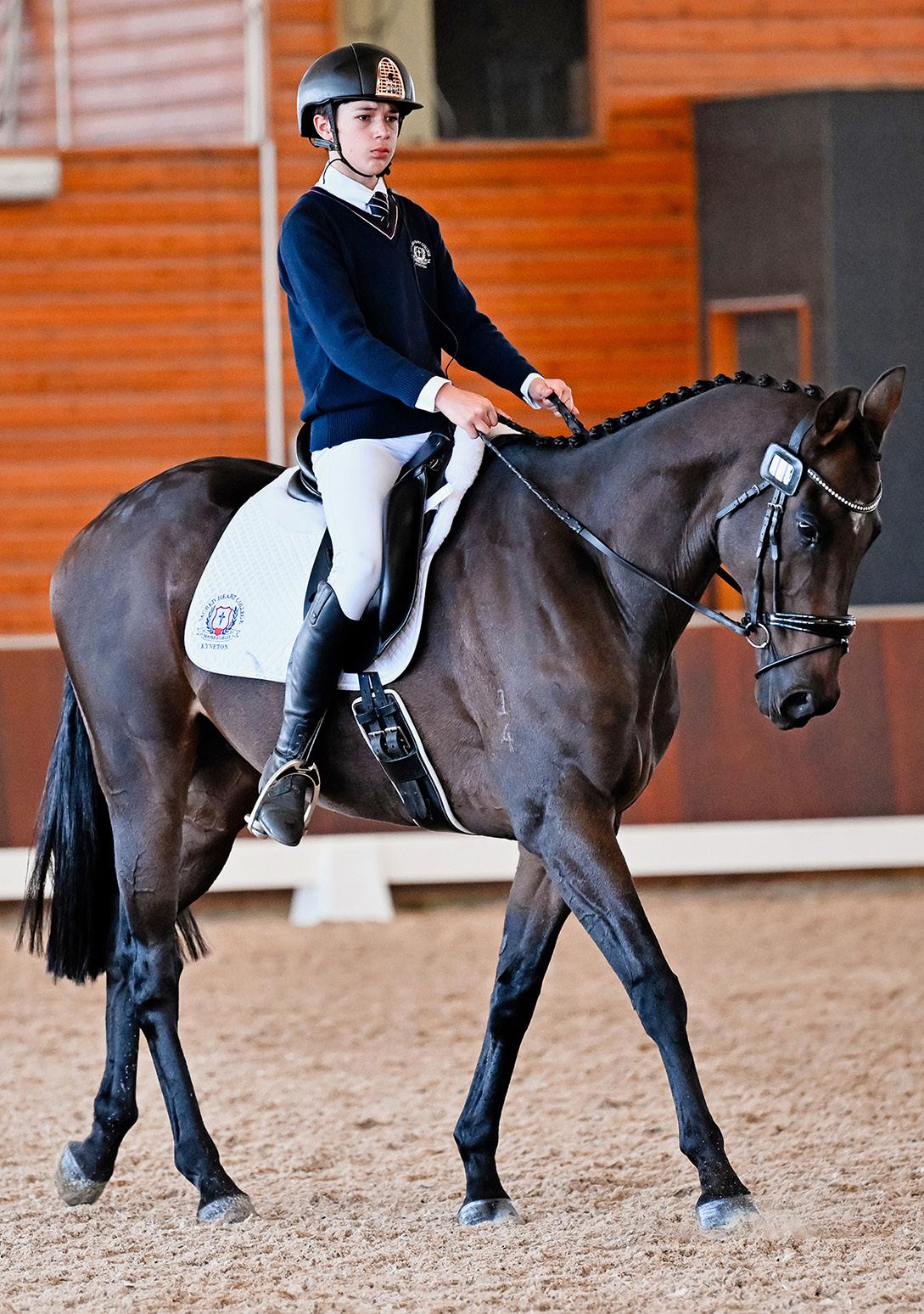
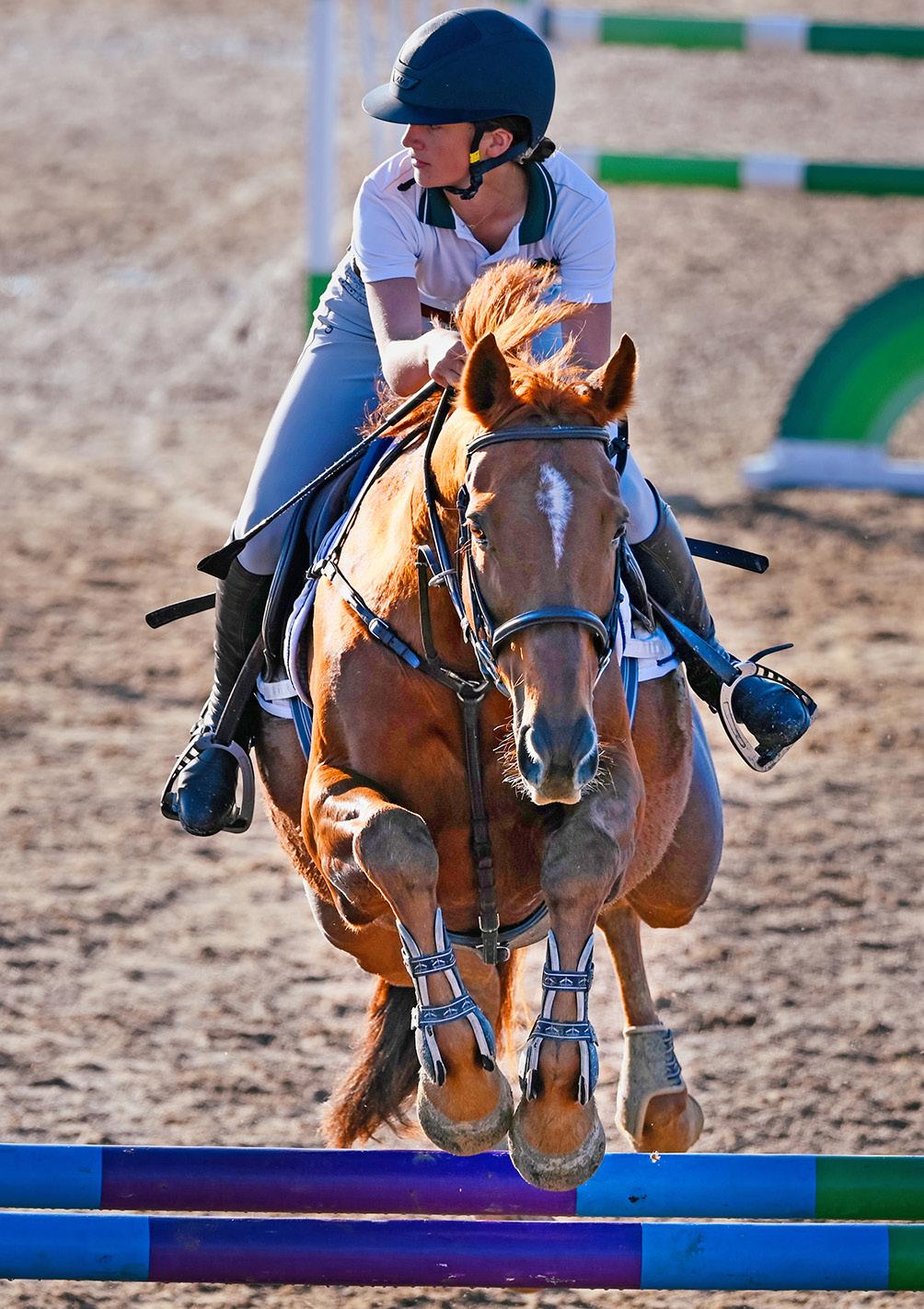
pool of these horses. Their numbers have been steadily increasing," she says, “but this year was exceptional.”
A variety of horses and breeds compete at Interschool events, including big ticket dressage and show horses. Nonetheless, the ex-racehorses held their own. “You’ve got off the tracks that have spent a lot of time being retrained, and are now loved and cared for by their kids. These horses are so willing,” MaryAnne says, “they may not have the big, flashy flying changes that some of the dressage horses have, but they are solid and they’re reliable,” she adds, firmly dispelling any lingering misconceptions that your average OTT is hot headed, unpredictable and usually best avoided!
And in saying OTT horses hold their own, Mary-Anne is not simply referring to their success in competitions and awards which cater exclusively for the off the track community. Their
ability is, she says, far greater than that. “Matilda Mason, who won the Senior Jumping championship with her OTT Arthuras, will be going on to compete with the Victorian team at the Australian Interschool Championships in September. Emily Bartlett competed in the working Show Hunter against show horses who go to Royal Melbourne and came second with her retired racehorse Pumpkin Pie.”
The philosophy underpinning the concept of Interschool is that it represents an educational and competition pathway for primary and secondary school children wanting to engage in equestrian sports - and there are many who, thanks to the opportunities Interschool afforded them, have gone on to compete in their chosen discipline as adults, some reaching the sport's highest levels.
And it’s with this in mind that the value of ex-racehorses for young riders becomes
very clear. “The significant growth of off the track horses in the Interschool space has much to do with price point,” Mary-Anne believes. “Interschool competitors come from very diverse socioeconomic backgrounds, and if a hundred thousand dollar horse is out of the question, an off the track horse is a very competitively priced option, and a really great alternative for kids who want to go on and be successful with a solid, capable horse.”
Interschool participants have the opportunity to compete in a variety of events, from dressage and show horse to show jumping, bending and barrel racing. But it’s not all about winning ribbons and rugs, having fun and socialising, although there's plenty of all of that! The welfare of the horses and their happiness is a primary consideration throughout the five day event, instilling invaluable horsemanship
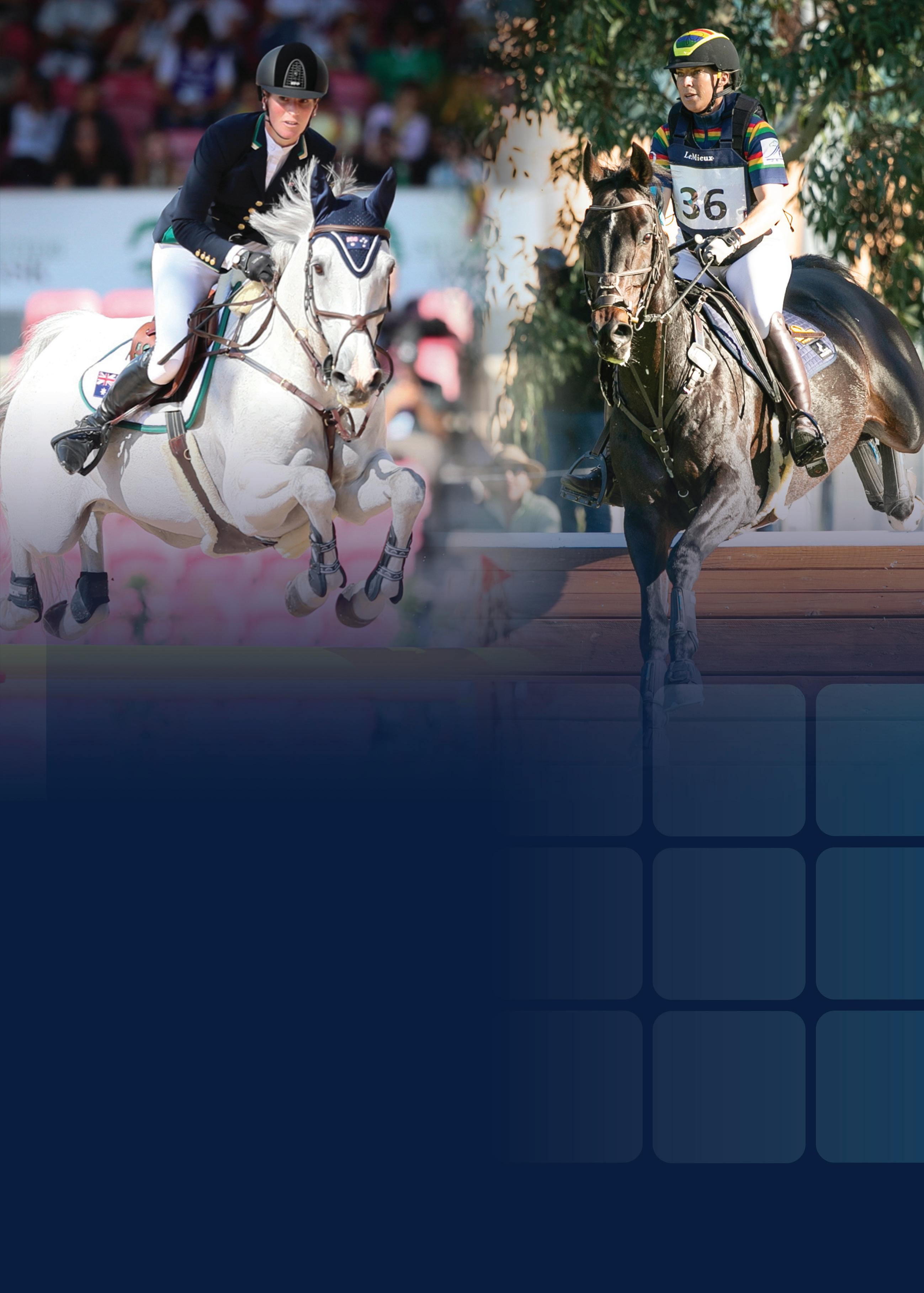
For over 30 years Kentucky Equine Research has continually developed innovative solutions to the health and nutritional challenges inherent in modern equine management. The results of studies conducted at its research farms, as well as advances in equine nutrition from institutions around the world, are applied and thoroughly tested in the creation of KER products.
Proprietary ingredients and science-based solutions characterise KER Targeted Nutrition. Top equestrians worldwide in a variety of disciplines know they can rely on KER to fuel world-class performance.
Discover science-based products or your closest retailer at ker.com



lessons in even the youngest of competitors.
In any event of this size, you can always be sure of one or two interesting backstories, but Penny Mawhinney and Harry Kcool’s surely takes the cake. Foaled in 2001, Harry’s racing career began in 2005. After an underwhelming one second and two thirds from 13 starts, he was retired the following year with a little over $2,000 in prize money.
It was then that he met Penny’s mum, Racing Victoria Acknowledged Retainer Lou Abey, who was keen to find a new career for Harry. “I was playing polocrosse at the time, so I took him,” she says, “and I was working with cattle, so I mustered with him and worked on a big property with my dogs, moving cattle and campdrafting and playing polocrosse.”
None of these options appealed to Harry, but all that changed when Lou popped him over a few rails and discovered that he loved jumping. It turned out that he was a natural, a careful scopey jumper who rarely had a rail down. Although Lou hadn’t jumped


competitively for 15 years, Harry quickly helped her get back into the swing of things and took her a long way, twice achieving leading Thoroughbred in the Australian Show Jumping Championships Emerald series, and thinking nothing of whisking Lou around the 1.30m jump-off.
Nearly two decades later, Harry, now an experienced schoolmaster, is back in the ring with Lou’s daughter Penny. The pair recently competed in Round 1 of the Victorian Equestrian Interschool Series, their first Interschool event, where they finished fourth overall in a competitive field of 53 after jumping three clear rounds in the 95cm. However, an unfortunate four penalty points kept them out of the winner’s circle at last month’s Interschool State Championships.
So, from the Equestrian Hub team, congratulations to all the Interschool Victorian Championship competitors, and a shout out to the off the track horses who have discovered a new career in partnership with some of our most promising young riders.

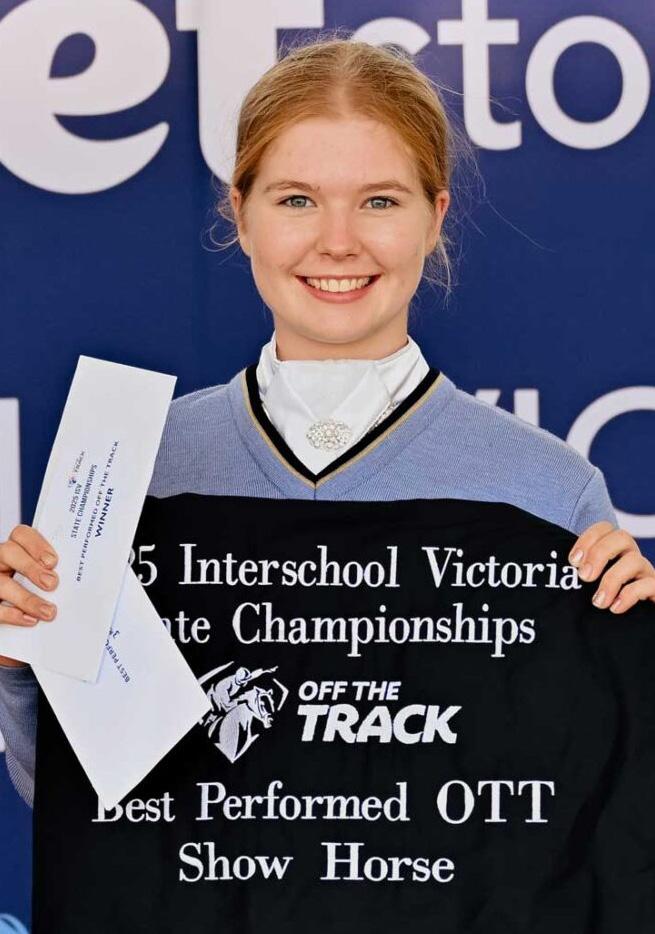
TOP LEFT: Amelia Harvey, wearing her Racing Victoria Off the Track sponsored cap, with Homehill. The pair competed in two jumping events. TOP RIGHT: Charles Sheers and Our Life of Reilly, champions in All Abilities Level 3 Dressage and Show Horse Walk Trot Canter. ABOVE: Emily Bartlett and Pumpkin Pie (Perverse) came 2nd in the Working Hunter Senior event, were awarded Best Performed OTT Show Horse, and took out 3rd place in the Senior 80cm One Round (Images by Click Capture Photography).


The key to strong, resilient hoof growth is a well-rounded diet. Equine nutritionist LARISSA BILSTON goes in depth on feeding for healthy hooves.
Ahorse’s hooves are the foundation of their health and performance. Strong, resilient hooves allow for optimal movement and prevent common problems such as cracking, brittleness, and lameness. While genetics and environmental conditions play a role in hoof health,
nutrition is a crucial factor. Many horse owners turn to hoof supplements when faced with weak or slow growing hooves, but the real solution often lies in a well-balanced diet.
The foundation of healthy hooves Farriers frequently suggest hoof supplements when they suspect a horse
is lacking key nutrients for strong hoof growth. However, if your horse is already consuming a balanced diet, adding a hoof supplement might be unnecessary and could even disrupt mineral balance, leading to unintended health issues.
The most common causes of poor hoof quality include:
y Mineral deficiencies or imbalances
y Insufficient omega-3 fatty acids
y Extreme environmental conditions (wet or dry)
y Genetics
y Lack of consistent, high-quality farrier care.
If a horse’s diet lacks the necessary nutrients, a supplement will be required to correct deficiencies. The best approach is to use a well-formulated, multivitamin and mineral supplement designed to balance the entire diet

rather than relying on a single hoofspecific supplement.
Biotin: essential or overrated?
Biotin, a B-group vitamin, is commonly associated with improved hoof quality. It is naturally present in forage and grains, with fresh grass being one of the richest sources. Additionally, horses produce biotin through microbial activity in a healthy gut.
Although biotin deficiencies are rare, research shows that supplementing with 15 to 40mg per day can enhance hoof growth and quality, particularly in horses experiencing stress, antibiotic treatment, laminitis, or those lacking access to fresh pasture. However, before adding biotin supplements, check existing feed and supplements to ensure the diet isn’t already providing sufficient levels.
Holistic benefits of a balanced diet
Proper nutrition benefits more than just hooves. A well-balanced diet supports overall health, including the immune, musculoskeletal, nervous, respiratory, and circulatory systems. Instead of reaching for a quick-fix hoof supplement, evaluate the whole diet to ensure it meets all nutritional needs. Since hoof wall growth from the coronet band to the weight-bearing surface takes up to nine months, long-term commitment is essential for results.
Hoof growth rings provide visual evidence of past changes in nutrition and health. A horse’s hooves can reveal the impact of diet adjustments, highlighting the importance of consistency and proper nutrient balance.
Essential nutrients for hoof growth
Hooves, skin, and hair are made from keratin, a strong protein whose composition depends on specific amino acids and minerals. For healthy keratin production, horses require an adequate supply of amino acids, vitamins, minerals, and fatty acids, along with sufficient energy to facilitate hoof growth.
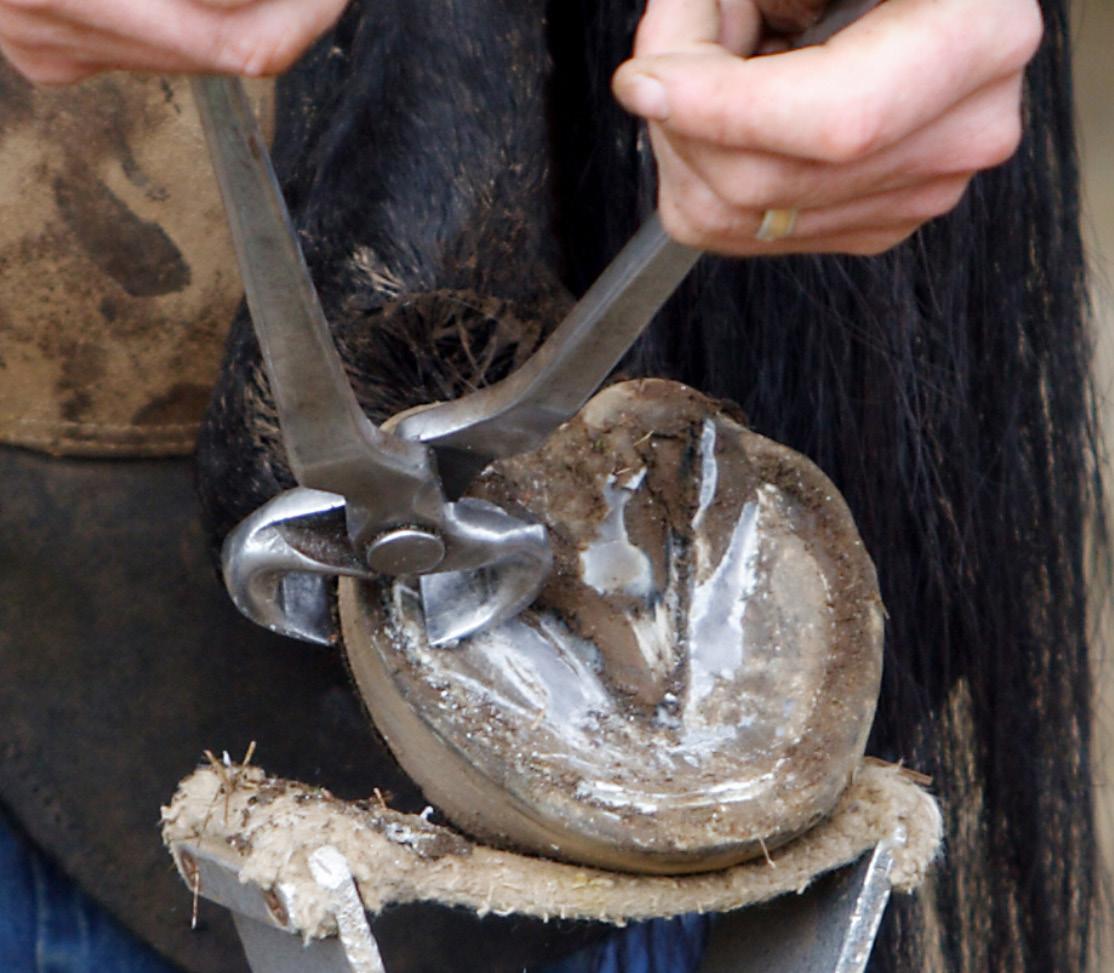
ABOVE: Lack of consistent, high-quality farrier care is a common cause of poor hoof quality.
Roughage first: Roughage is the backbone of equine nutrition, supporting gut health while providing much of the protein and energy a horse needs. However, forage alone will not supply adequate levels of all essential minerals such as copper, zinc, iodine, and selenium - critical elements for strong hooves.
Supplementary feeding: Some horses require additional calories to sustain their workload, growth, or overall maintenance. High-quality protein sources such as lucerne hay or legume grains are valuable additions, particularly for growing horses or those on poor-quality roughage. Pure amino acid supplements, including lysine, methionine, and threonine, should also be considered in some cases. Of these, methionine is particularly important for hoof development. Additionally, small amounts of oil with balanced omega-3 and omega-6 fatty acids support healthy skin and hooves.
Hoof health building blocks For adult horses, average quality roughage typically supplies sufficient
protein, the building block of hoof health. However, horses consuming dried, mature, or poor quality pastures may require additional protein to meet their needs. The most commonly limiting amino acids - lysine, methionine, and threonine - must be present in adequate amounts for optimal hoof growth. Full fat soybean meal and lucerne are excellent sources of these essential amino acids.
The role of minerals in hoof strength Proper mineral balance is crucial for strong hooves.
y Zinc: Essential for enzyme function, cell metabolism, and keratinisation, lower zinc concentrations are associated with weaker hooves.
y Copper: Necessary for connective tissue formation, coat pigmentation, and antioxidant function.
y Selenium: Plays a role in keratin synthesis and hoof structure.
y Sulphur: A key component of keratin, ensuring hoof integrity.
Minerals must be provided in the correct ratios, otherwise competition for absorption can lead to deficiencies, even when the diet contains the
A r e y o u f e e d i n g e v e r y t h i n g y o u r h o r s e n e e d s f o r h e a l t h y h o o v e s ?
A u s t r a l i a n m a d e f e e d i n g s o l u t i o n s
f o r h o o f h e a l t h
Applied science for your horse
f a r m a l o g i c g l o b a l . c o m
h



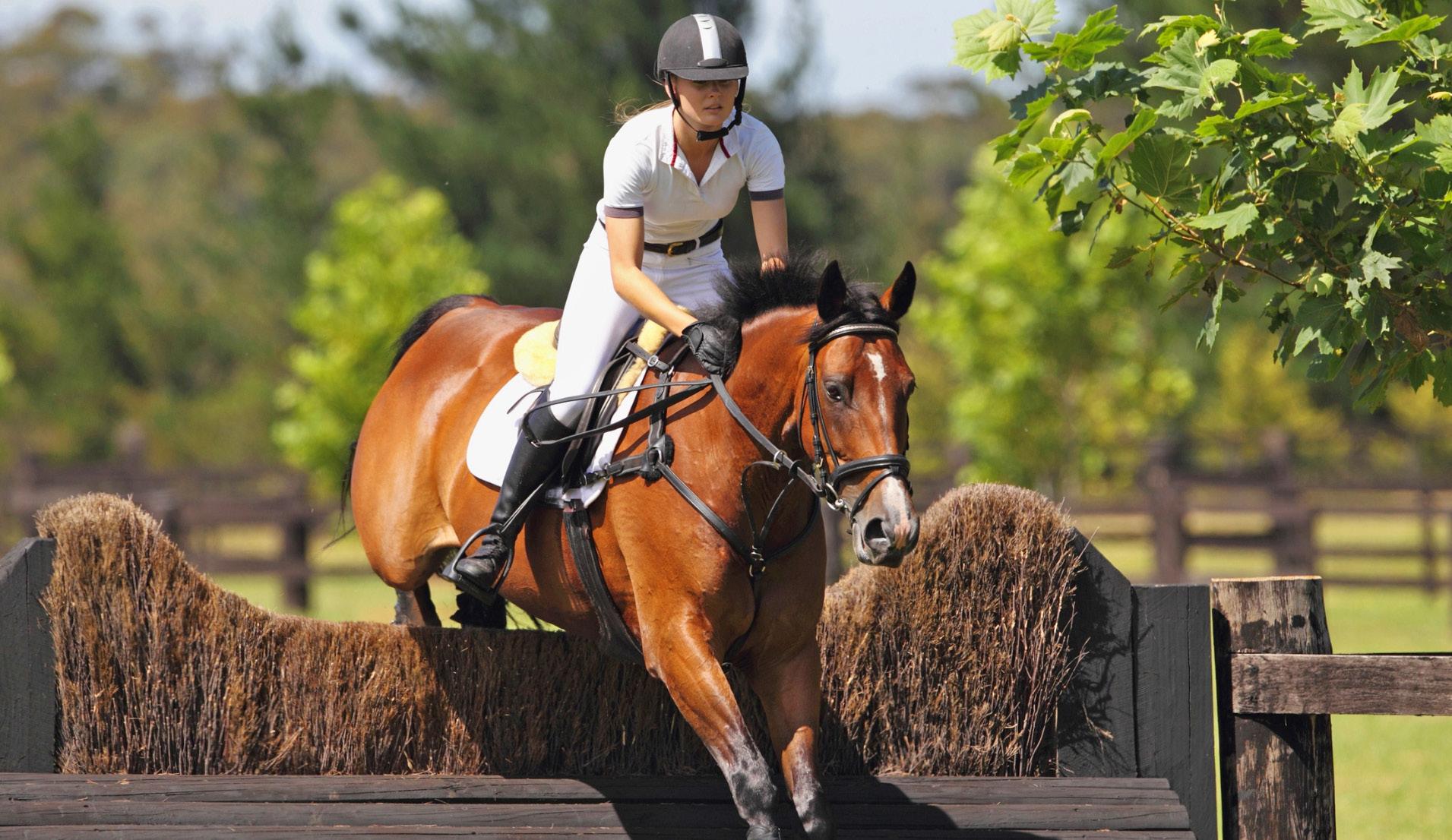
recommended minimum daily amount of individual minerals.
Ideally, the total diet should contain three times as much zinc as copper (a zinc to copper ratio of 3:1). Optimal mineral levels in the diet should exceed the minimum daily intake (RDI) and may need to be significantly higher to achieve mineral ratio balance. Additionally, the copper-to-iron ratio should be approximately one part copper to seven parts iron (a ratio of 1:7).
Since forages naturally contain high iron levels, avoid mineral supplements with added iron, as excess iron disrupts the balance of zinc and copper. Selenium also requires careful management, as it has a narrow range between deficiency and toxicity.
The importance of B vitamins Biotin (B7) and pyridoxine (B6) are essential for keratin production. Horses at pasture typically consume and generate sufficient B vitamins, but those under stress, in hard work, or recovering from illness may require supplementation. Biotin supplementation (15-20 mg/day for a 500 kg horse) has
been shown to improve hoof hardness in some cases. However, biotin alone is not a miracle cure - deficiencies in other nutrients, such as zinc and calcium, will limit its effectiveness. Since biotin is a common ingredient in feeds and supplements, check to see how much your horse is already consuming before purchasing a biotin supplement.
The role of omega-3 fatty acids
Omega-3 fatty acids contribute to hoof integrity, particularly in the periople, the protective layer around the hoof wall. Fresh grass contains significantly more omega-3s than omega-6s. In contrast, dried forage, grains, and most vegetable oils contain higher omega-6 levels, which are pro-inflammatory. To mimic a natural grass-based diet, omega-3 supplementation should provide a ratio of four to ten times more omega-3s than omega-6s. Vitamin E also plays an essential role in protecting omega-3 fatty acids from oxidation.
What to expect from a balanced diet
One of the first visible benefits of a balanced diet is an improvement in coat colour intensity. Over time, proper
nutrition leads to stronger mane, tail, and hoof growth, allowing horses to reach their full genetic potential.
However, environmental management remains critical. Regular farriery, proper moisture control, and suitable footing conditions help optimise hoof health. Additionally, many horses on balanced diets become more metabolically efficient, reducing the need for excessive hard feed and saving owners money.
A well-balanced diet is the key to strong, resilient hooves. Instead of relying on hoof-specific supplements, horse owners should ensure their horses receive the correct nutrients in the right proportions. The benefits extend beyond hoof health, supporting overall wellbeing and performance. By committing to proper nutrition and environmental management, you can help your horse develop the healthiest hooves possible, ensuring soundness and longevity for years to come.

Larissa Bilston, BAgrSc (Hons) is the Equine Nutritionist for Farmalogic



With cooler days on their way, layers will keep you snug, warm and perfectly fashion forward.


Perfect for wearing during training or competitions, the QHP Vegas Sport Shirt has breathable fabric that allows you to stay cool and dry. The upper arms feature an eye-catching star pattern, while the bottom of the sleeves are finished in a contrasting colour, making this shirt not only practical but very stylish as well! Made from 95% polyester and 5% spandex, the QHP Vegas Sport Shirt is available in a range of colours.
The Samshield Axella Firework Women's Long Sleeve T-shirt is made from 100% cotton, making it extremely comfortable but also very durable. The 'firework' design around the Samshield logo is made from a mix of Swarovski® Crystals and metal dots. Perfect for both training or casual wear, this garment is a wardrobe staple for every equestrian. Available in Black or Sea Pine.
The Horze Gabriela Training Shirt with UV Protection is made from breathable, quick-drying fabric to keep you cool during training or in the stables. With its long sleeves and UPF 40+ rating, it also protects you from the sun. Mesh under the arms provides extra ventilation. In a range of flattering colours and a stylish cut, this shirt is perfect for your riding and everyday wardrobe. The collar features the Horze logo, with a small Scandinavian Heritage label at the hem.
The Asmar Equestrian Logo Tee is made from moisture-wicking, odourresistant, anti-pilling, recycled fibre. This innovative fabric is 100% recycled polyester, and to date, the Asmar Group has kept over 356,000 water bottles out of landfills. A UPF 50 rating protects you from the sun in and out of the saddle, and a branded crest on the chest and the words ‘Asmar Equestrian’ running down the left arm add an eye-catching touch of designer style.





Situated in the heart of Victoria's prestigious Goulburn Valley, 513 McKernan Road, Kialla East is a truly special property.
Home to Sullivan Bloodstock, this renowned property is in a prime location and offers a turn-key opportunity for Thoroughbred breeding, yearling preparation, or any equine venture.
A proven Thoroughbred nursery, the property has produced excellent sales results and champion racehorses,
including Snapdancer, who sold at the Magic Millions Broodmare Sale for $3,200,000, while yearlings bred and prepared on the farm have achieved upwards of $800,000 at yearling sales. Whether you're a seasoned professional or looking for an entry into the horse industry, this property is a rare find with tremendous potential.
The property is a proven Thoroughbred nursery.

Built in 2006, the charming cottage style home features three bedrooms with built in robes, including a spacious master suite with walk-in wardrobe and ensuite. Stunning timber cathedral ceilings enhance the open plan living and dining area.
The equine facilities include a main barn with five steel frame boxes, automatic
The equine facilities include a main barn with five steel frame boxes, automatic waterers, concrete flooring, and a large breezeway.
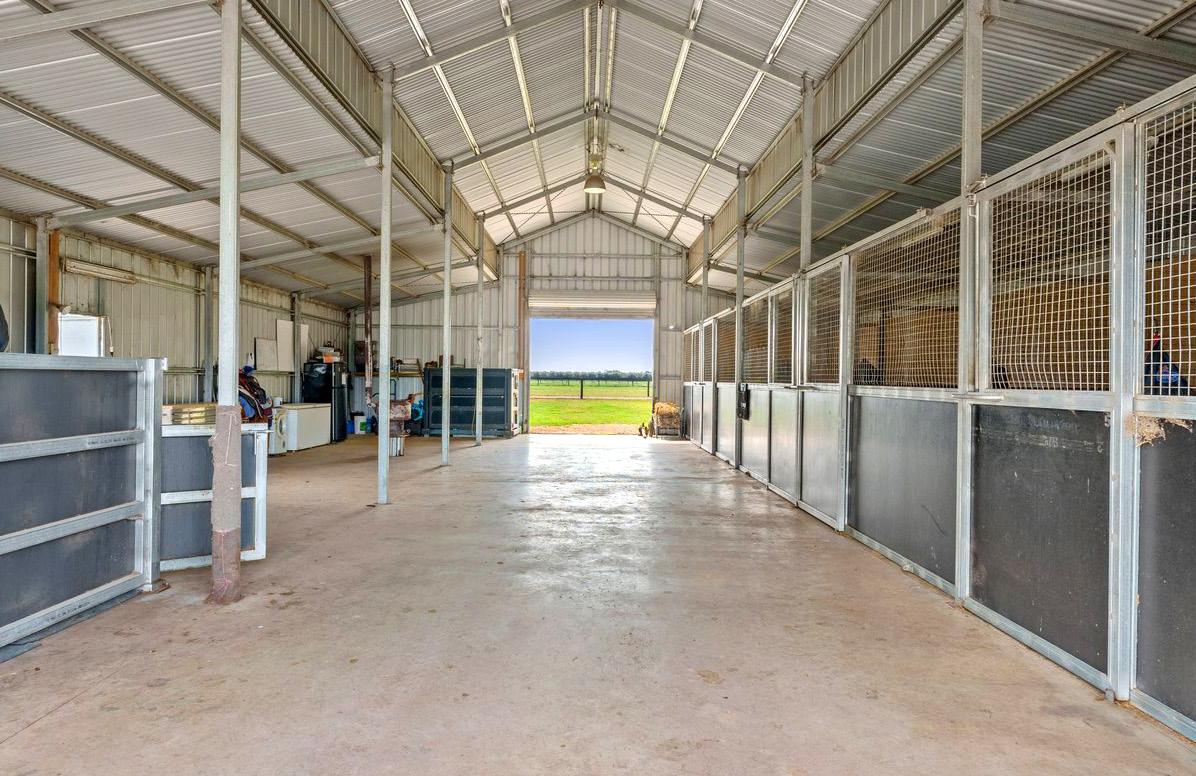
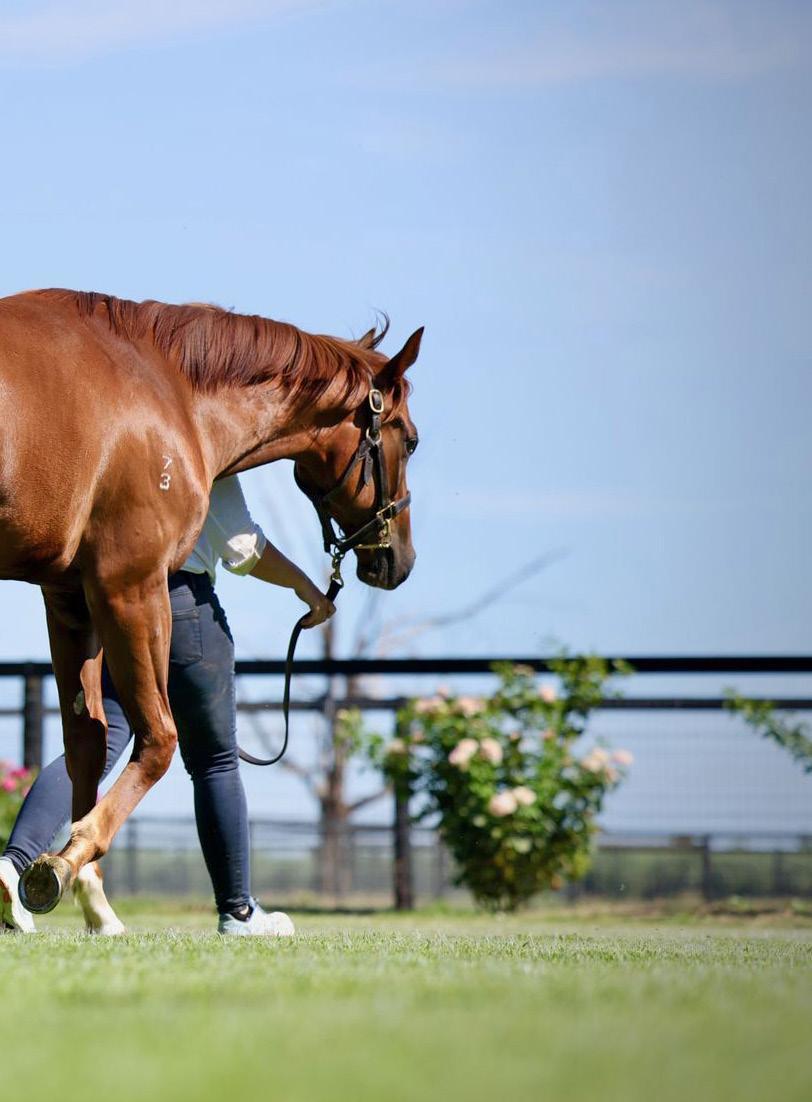
waterers, concrete flooring, a large breezeway, and floodlights. There is a machinery shed with five additional steel frame boxes and automatic waterers, plus a round yard, a wash bay with a concrete slab (ideal for additional boxes) and three holding yards.
The property is set on 51 acres of fertile sandy loam, ideal for yearling
Stunning timber cathedral ceilings enhance the living areas.

development and equine activities. The land is mostly flat and cleared, with 25 acres of flood irrigation from the East Goulburn Main Channel and potential for up to 50 acres of irrigated paddocks. Additional water storage includes multiple rainwater tanks, a stock and domestic bore that offers excellent water quality, and two dams.
Located only 15 minutes from Shepparton, and an hour and 45 minutes to Melbourne Airport, this is an exceptional opportunity to acquire a well-established equine property in a prime location.

Visit the property listing, or call Darcy Schostakowski on 0499 220 649, or Clint Donovan on 0421 944 985.




